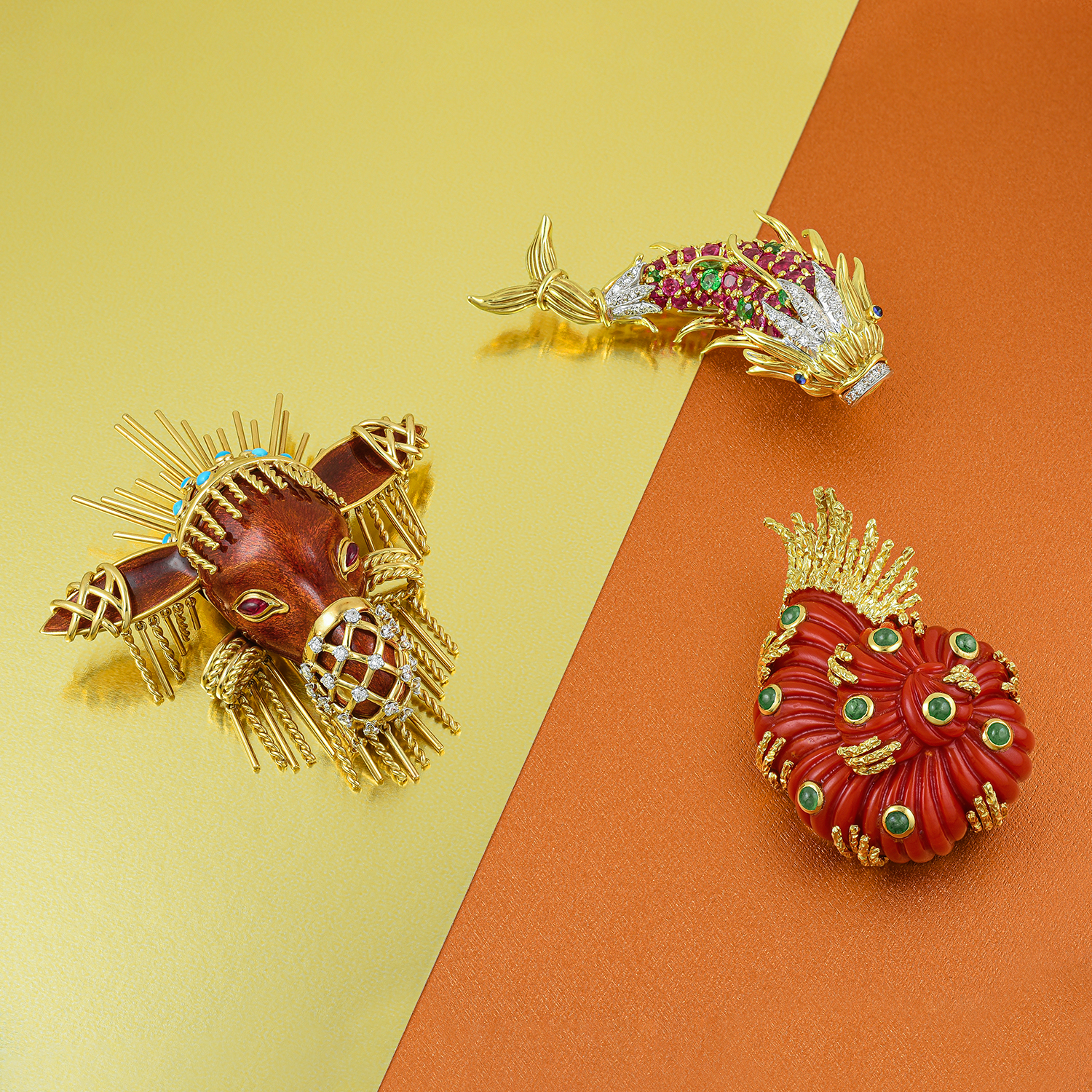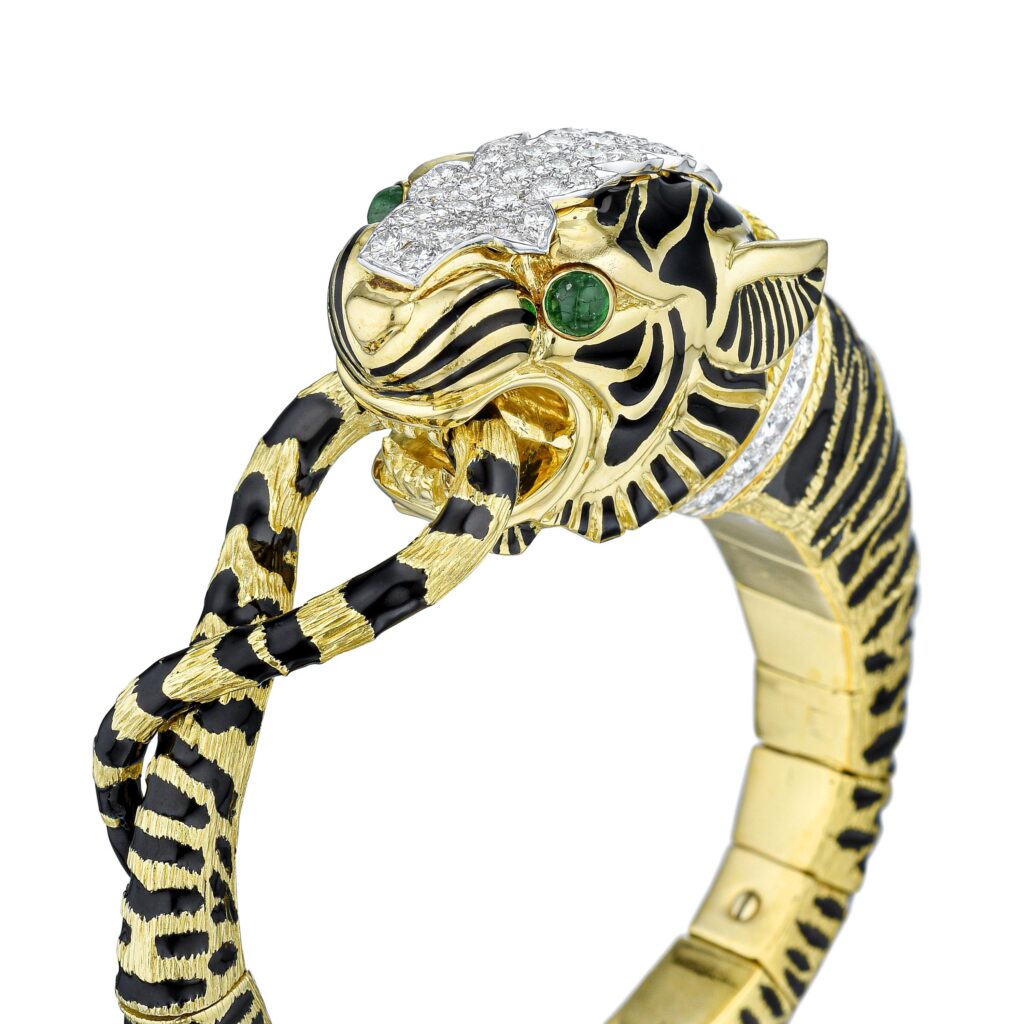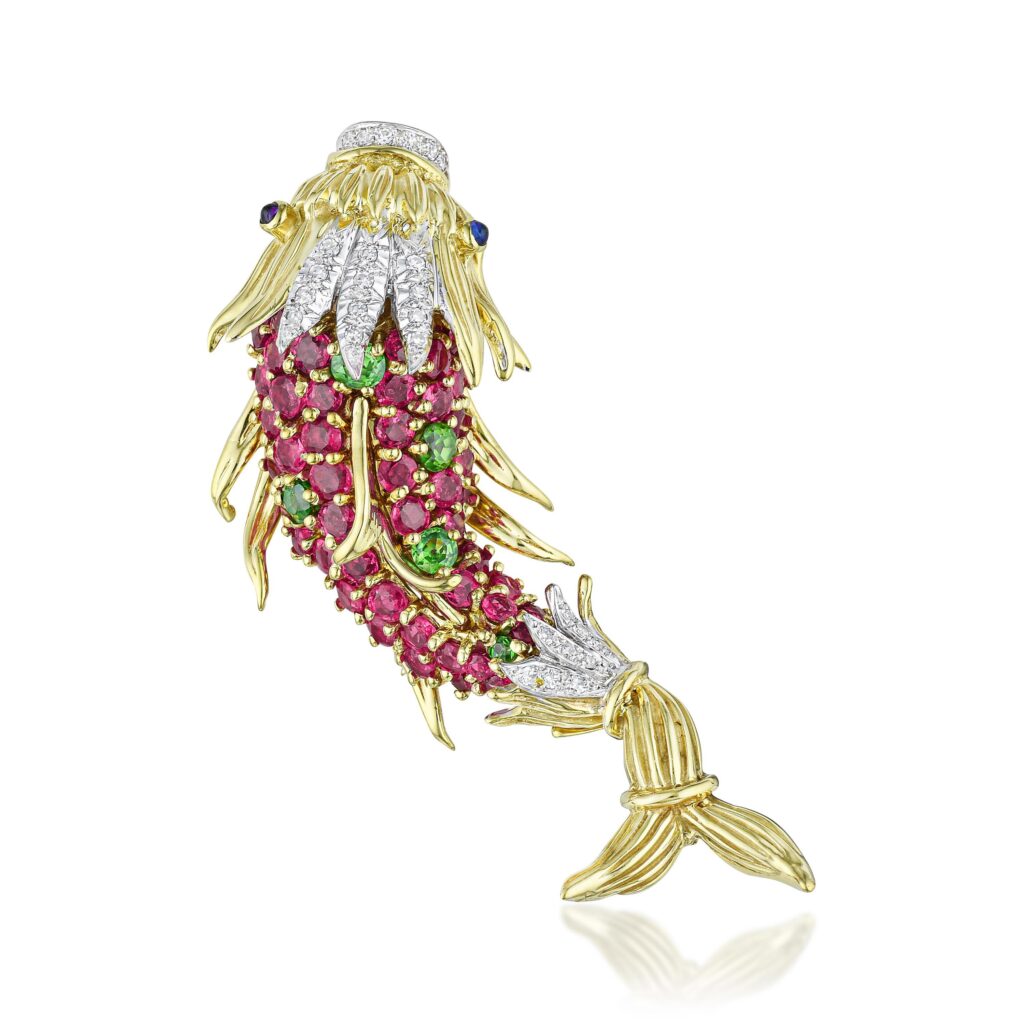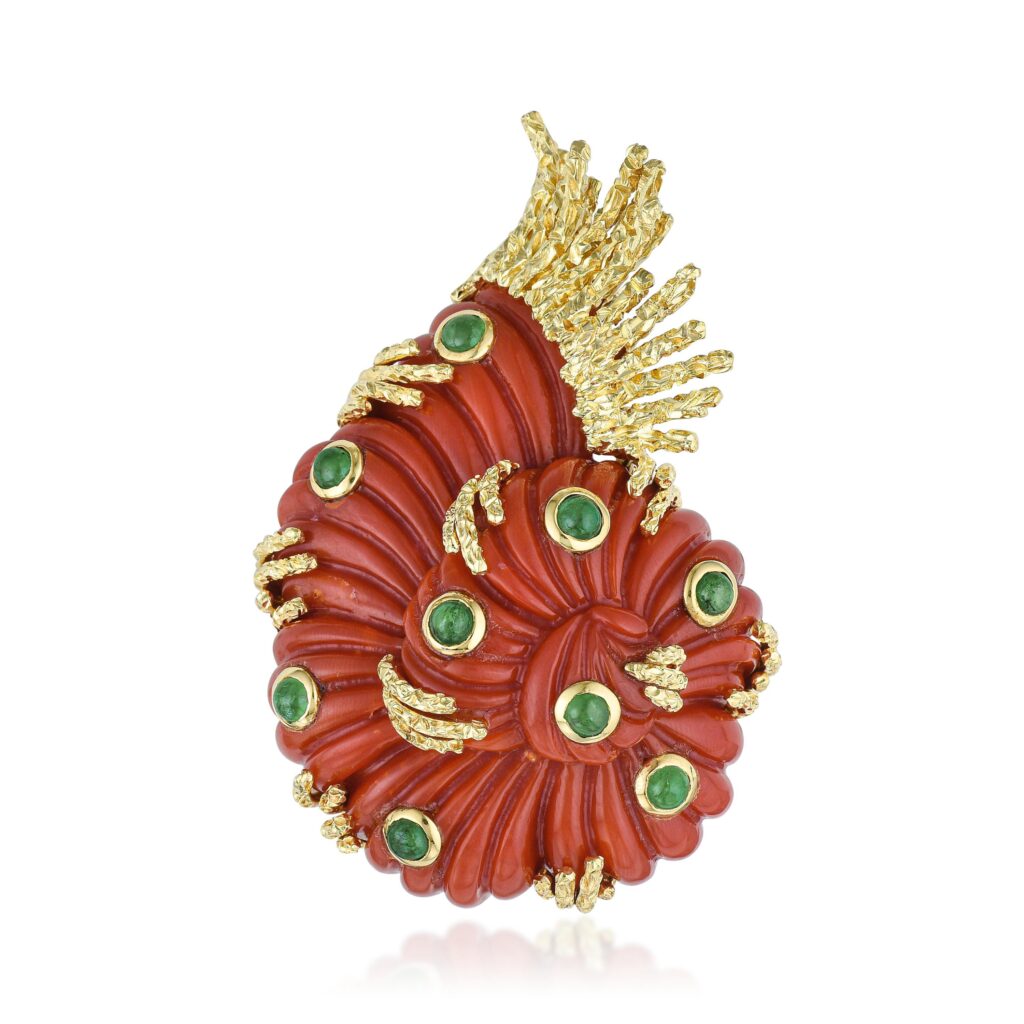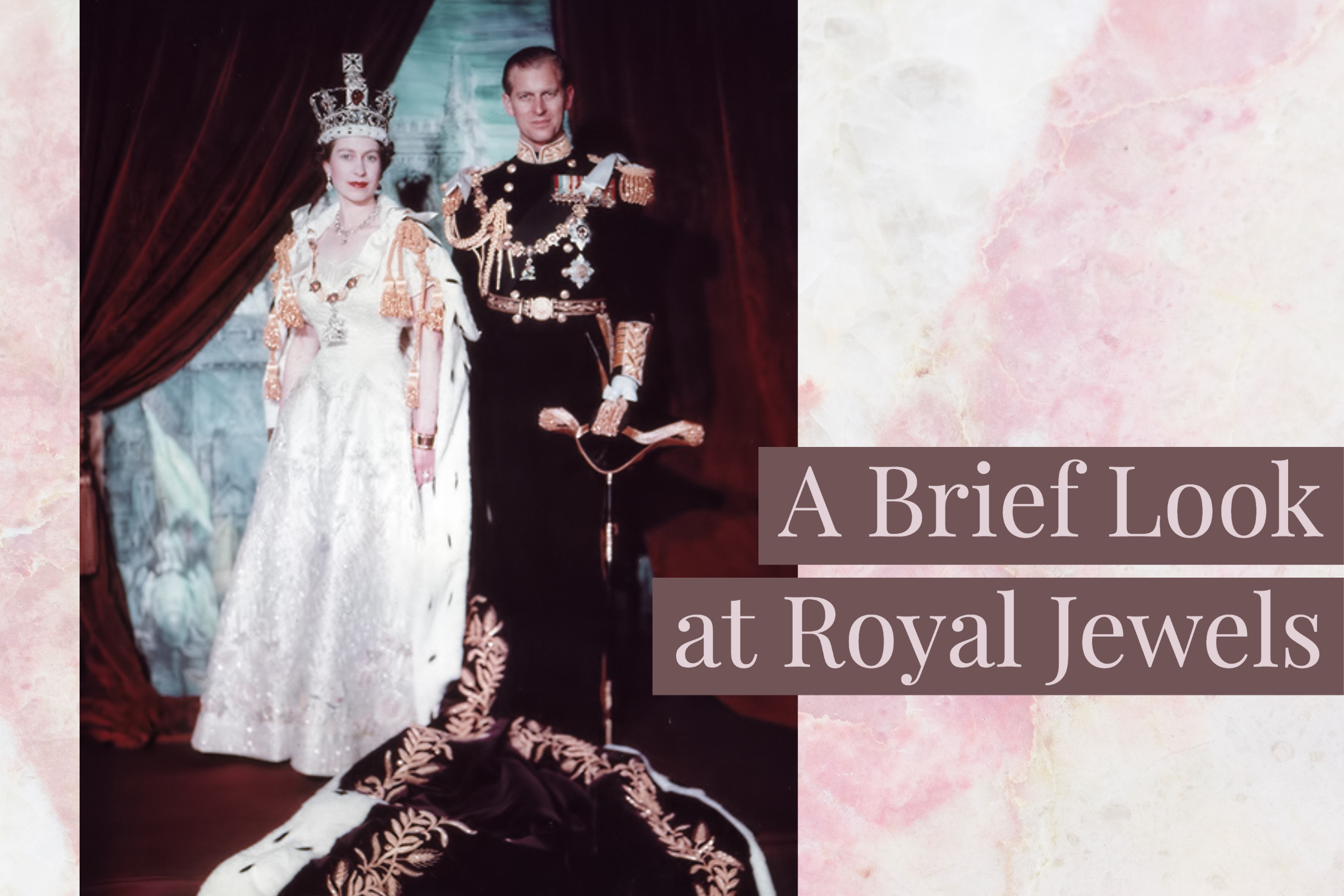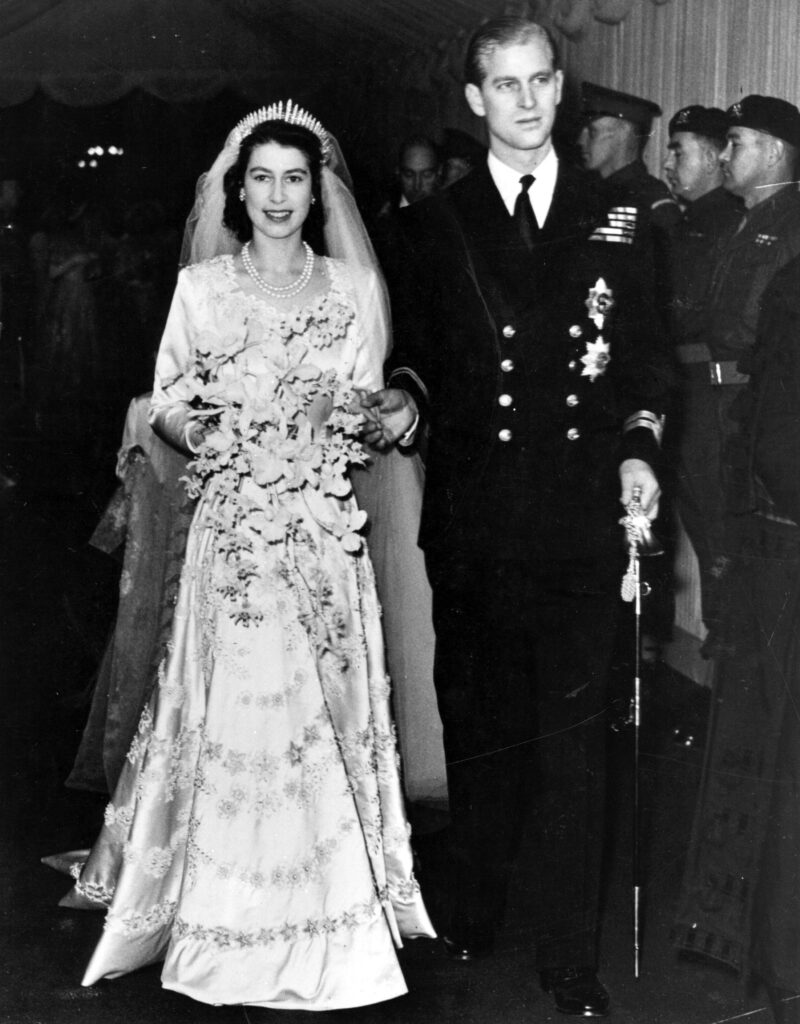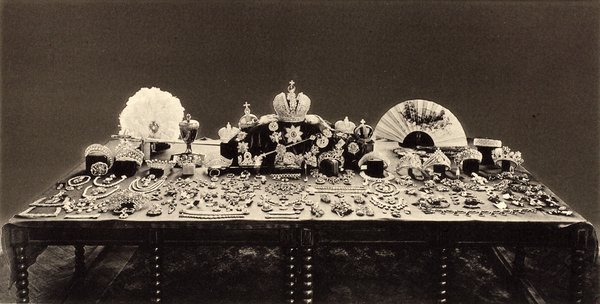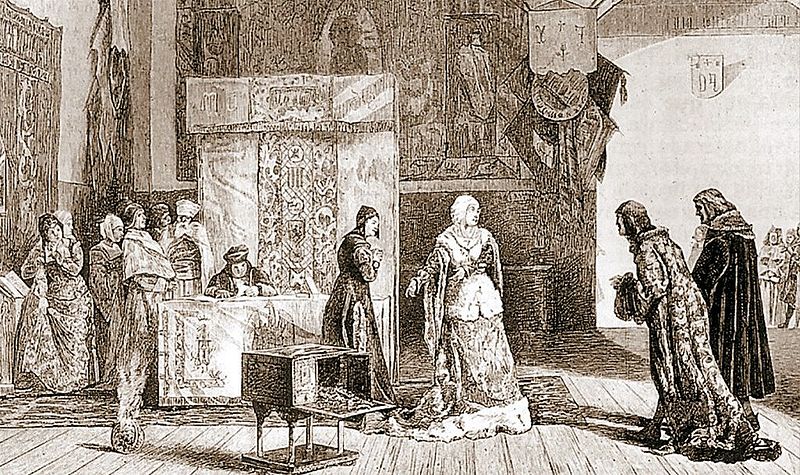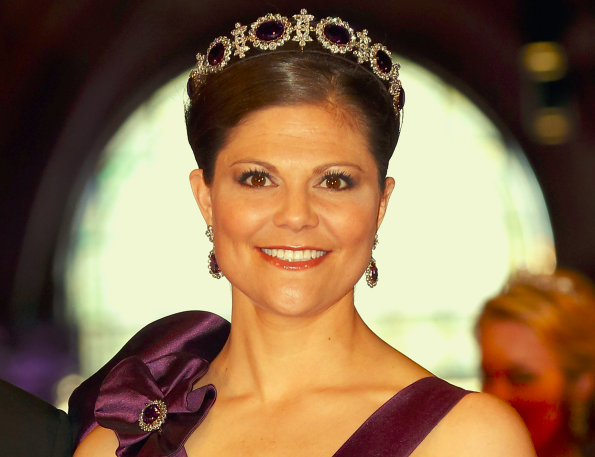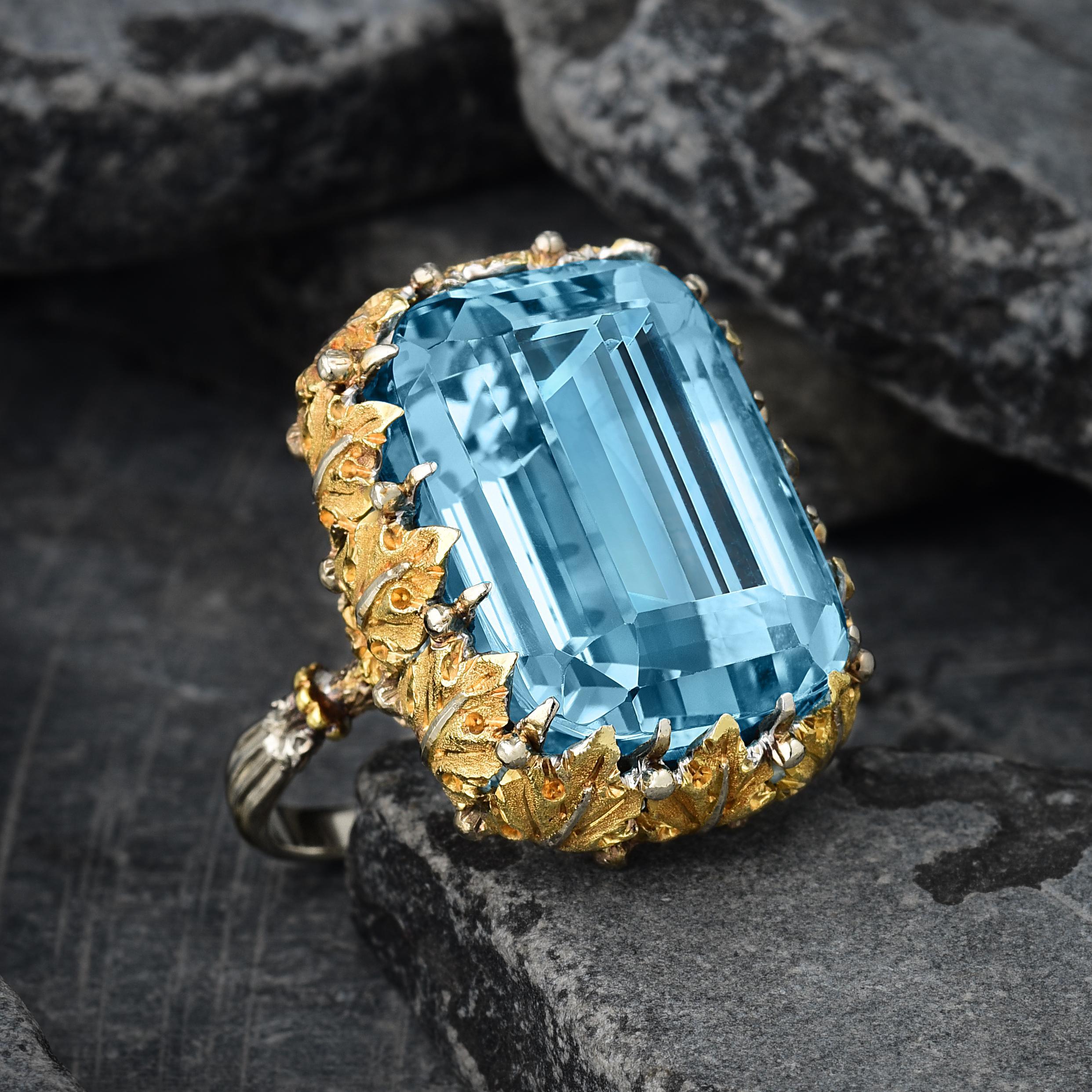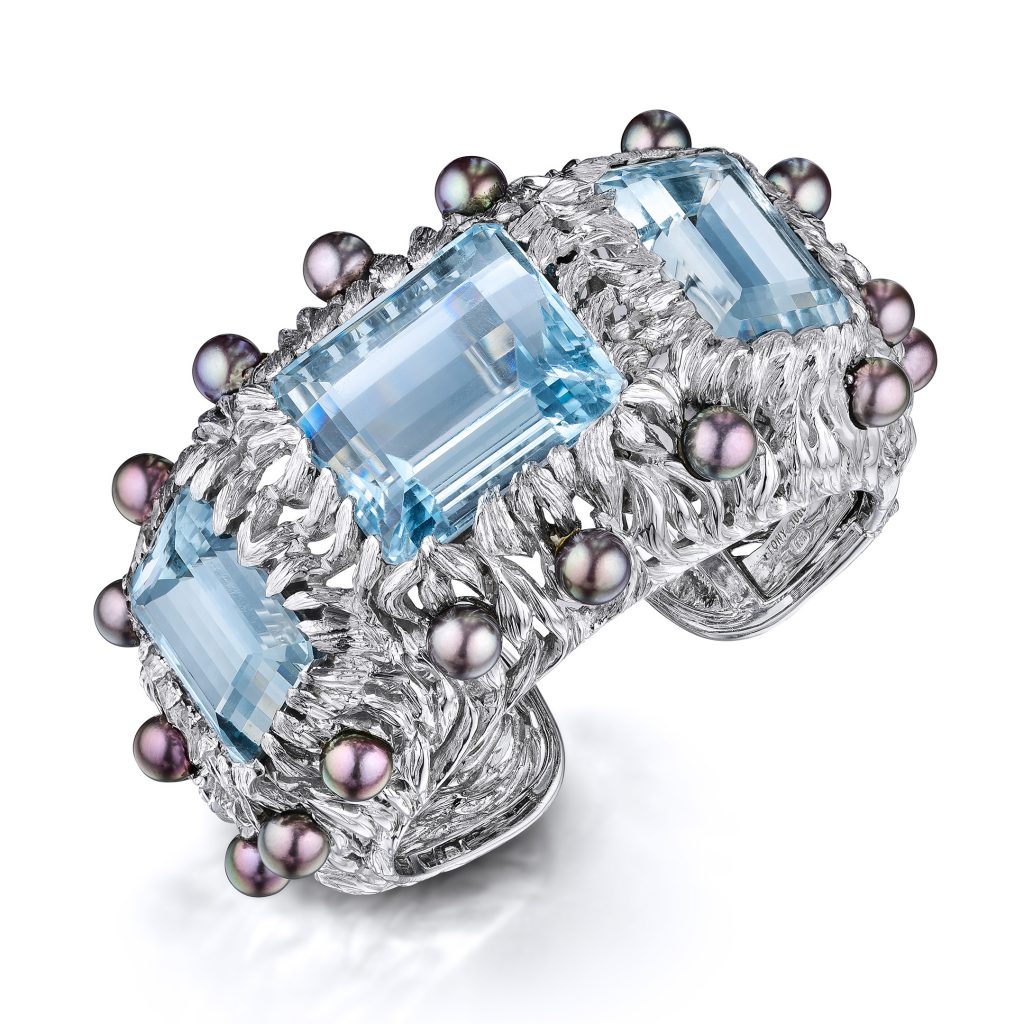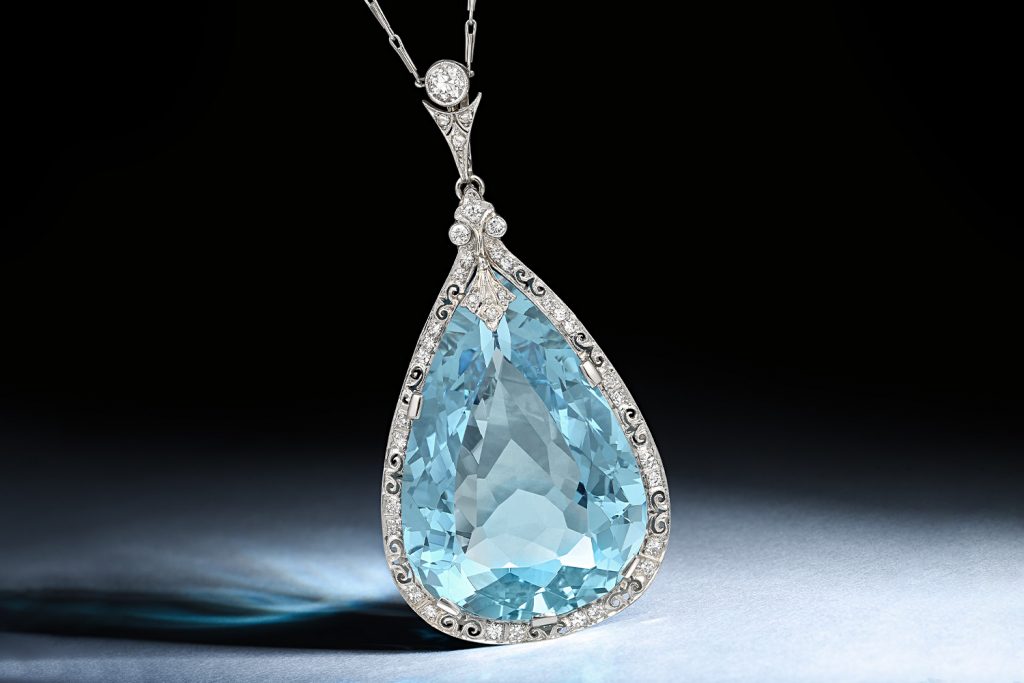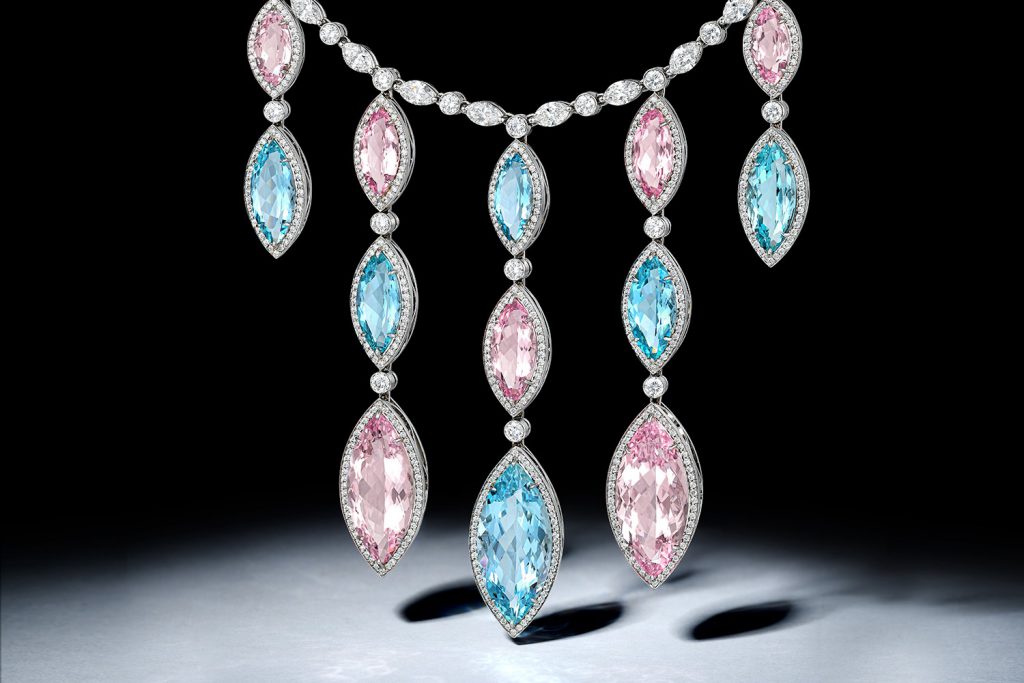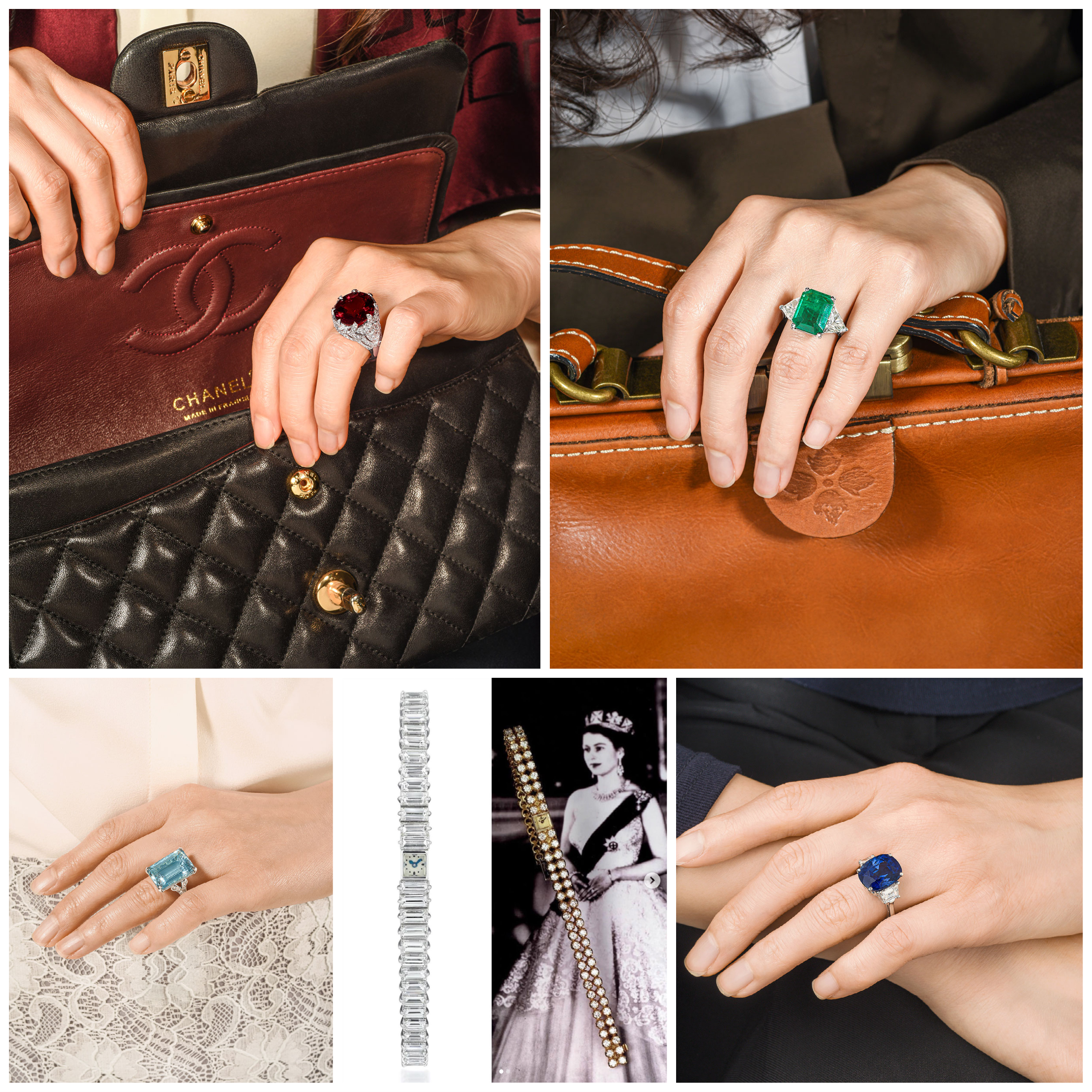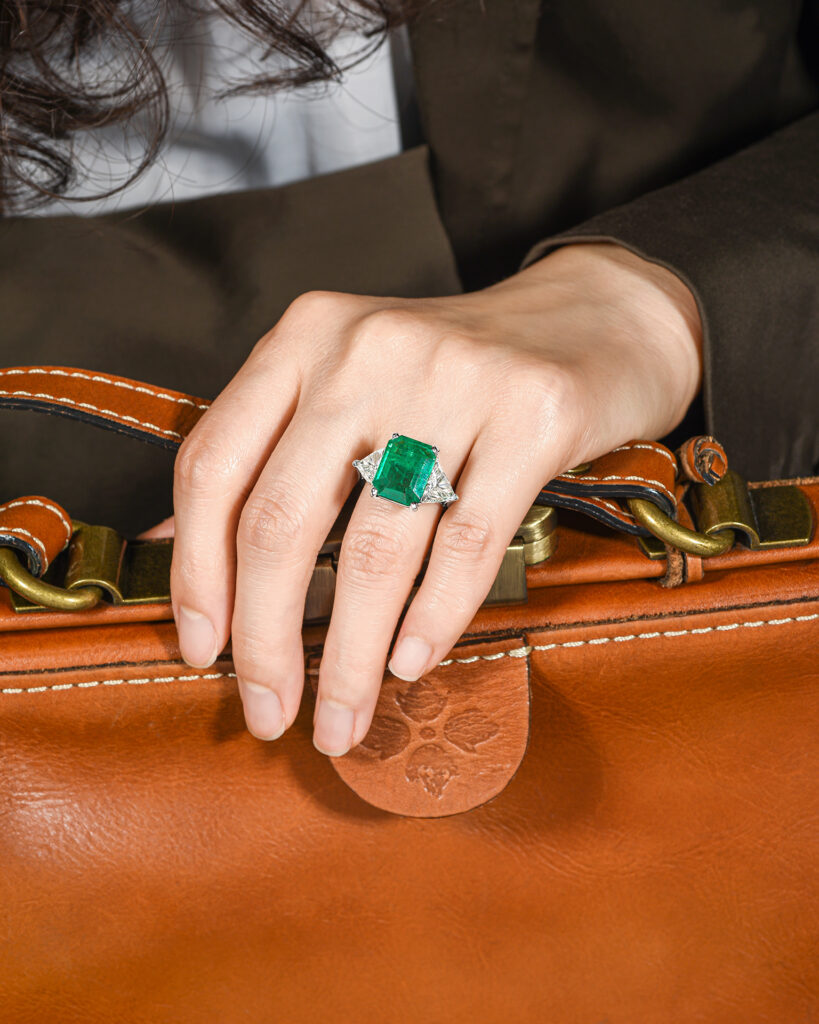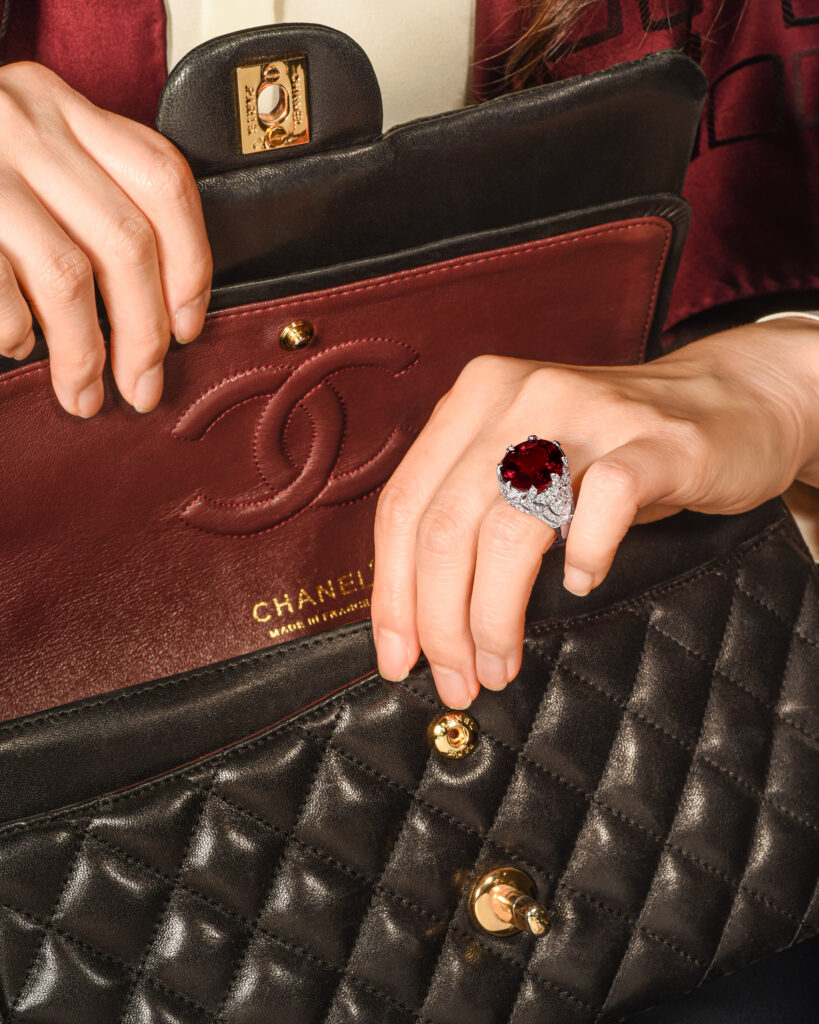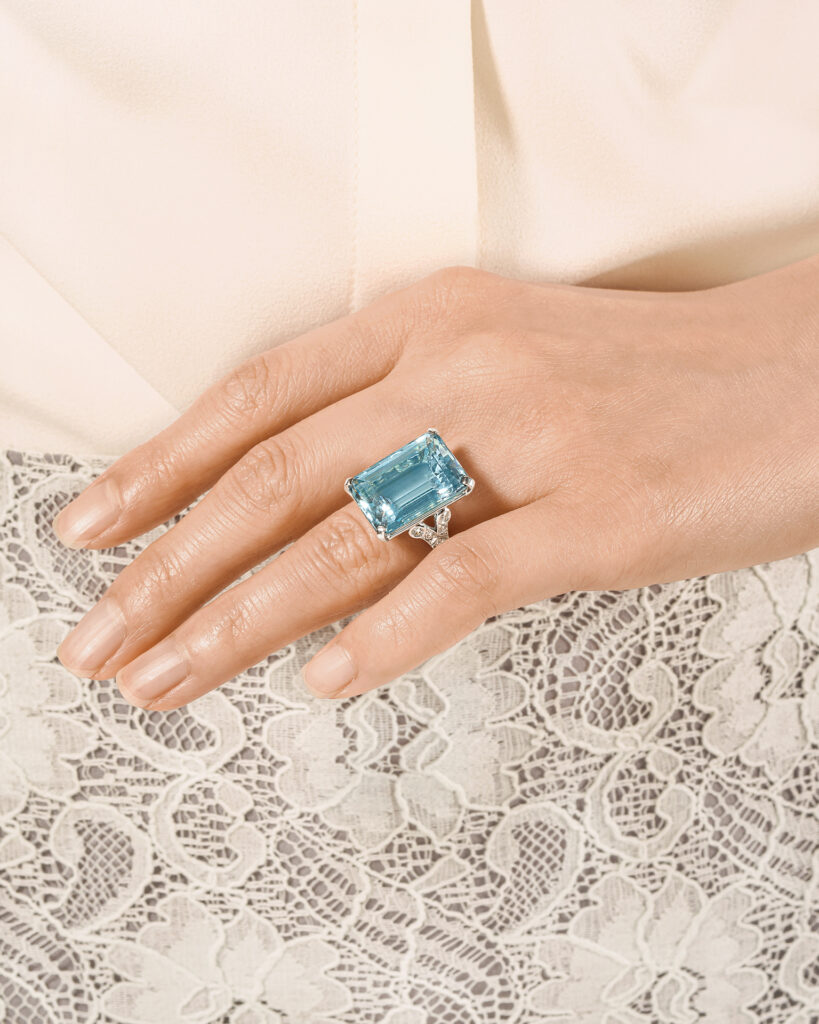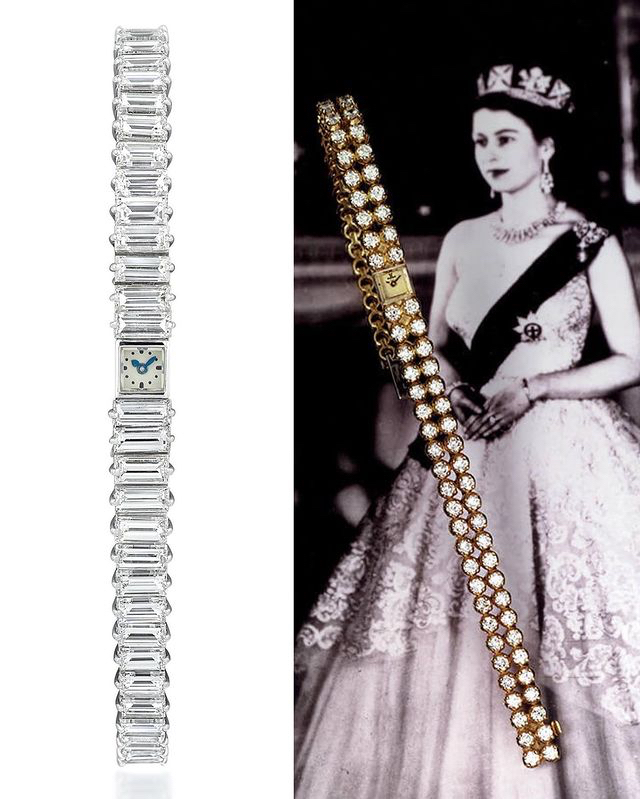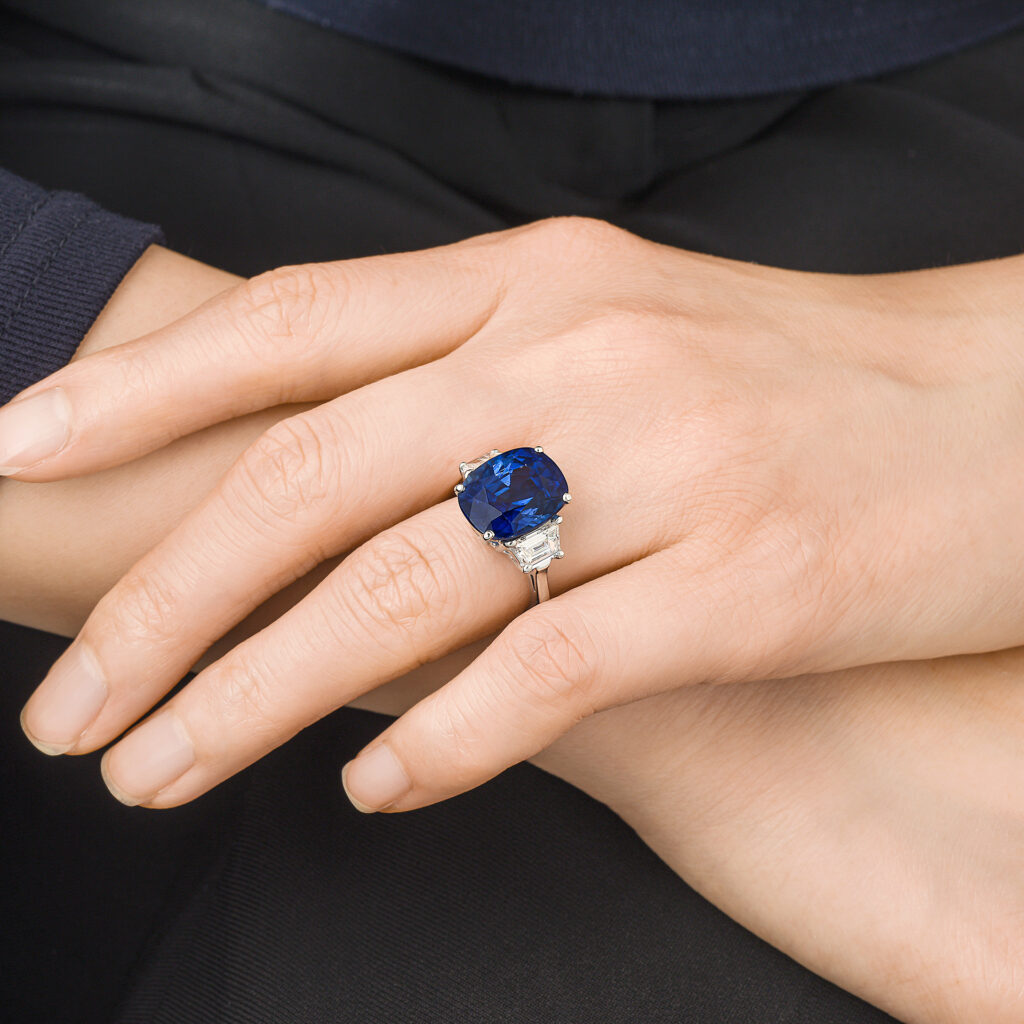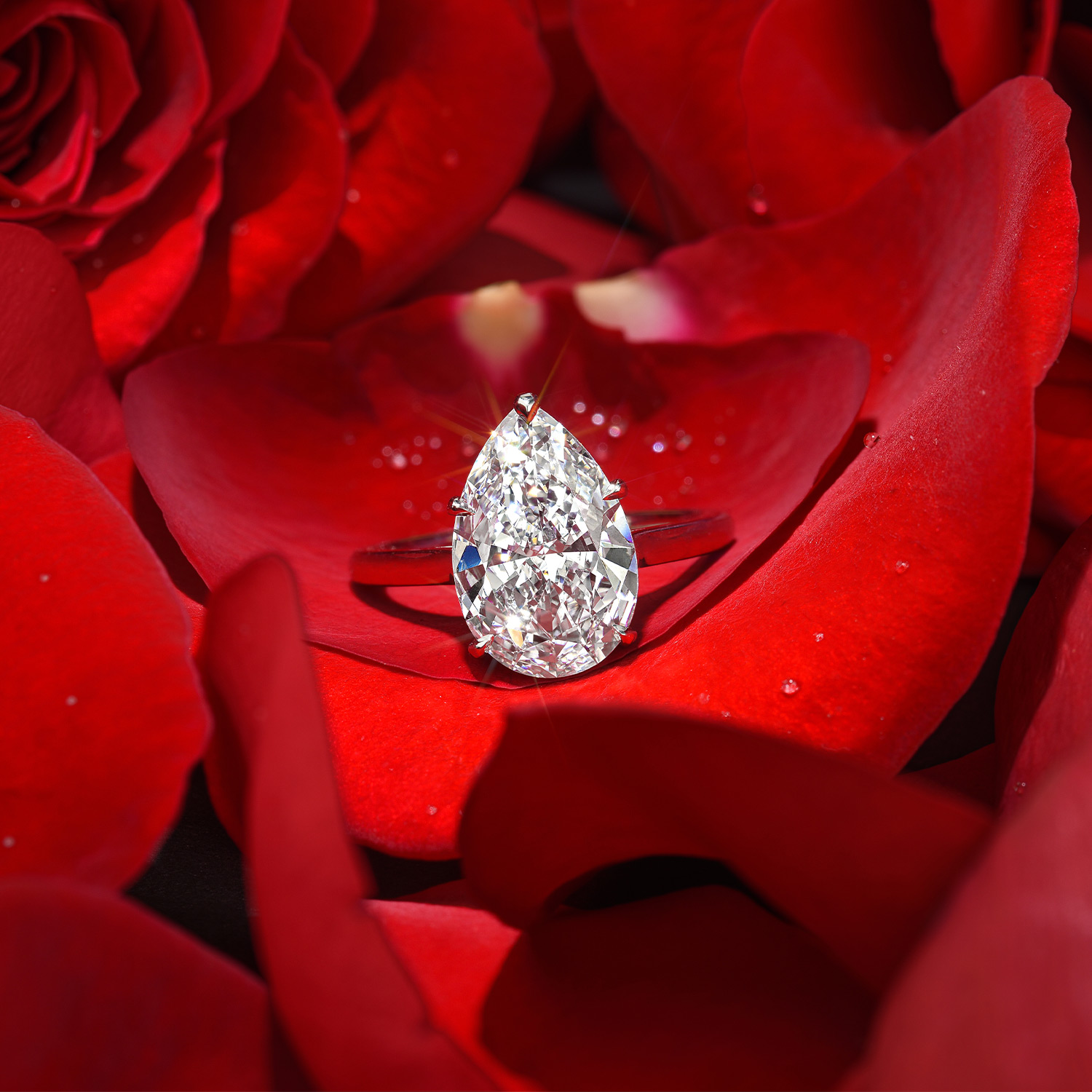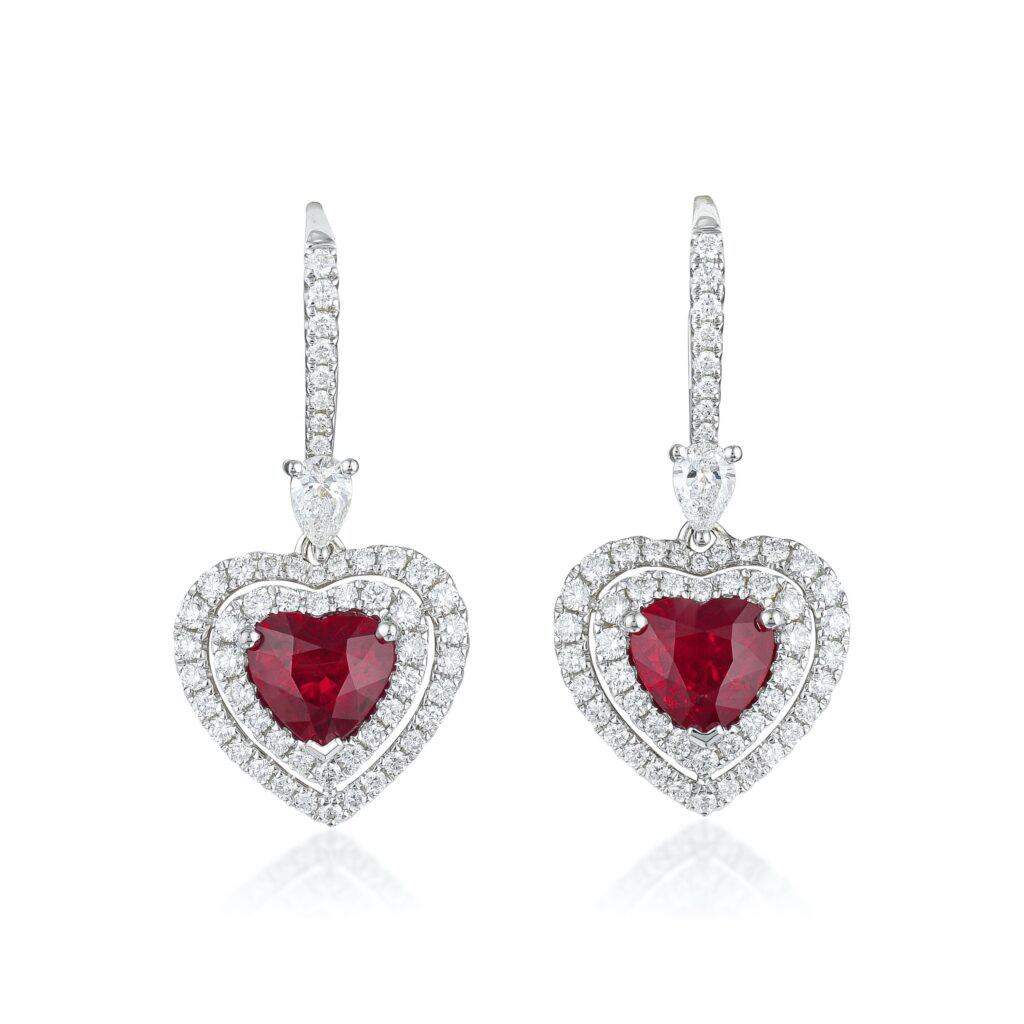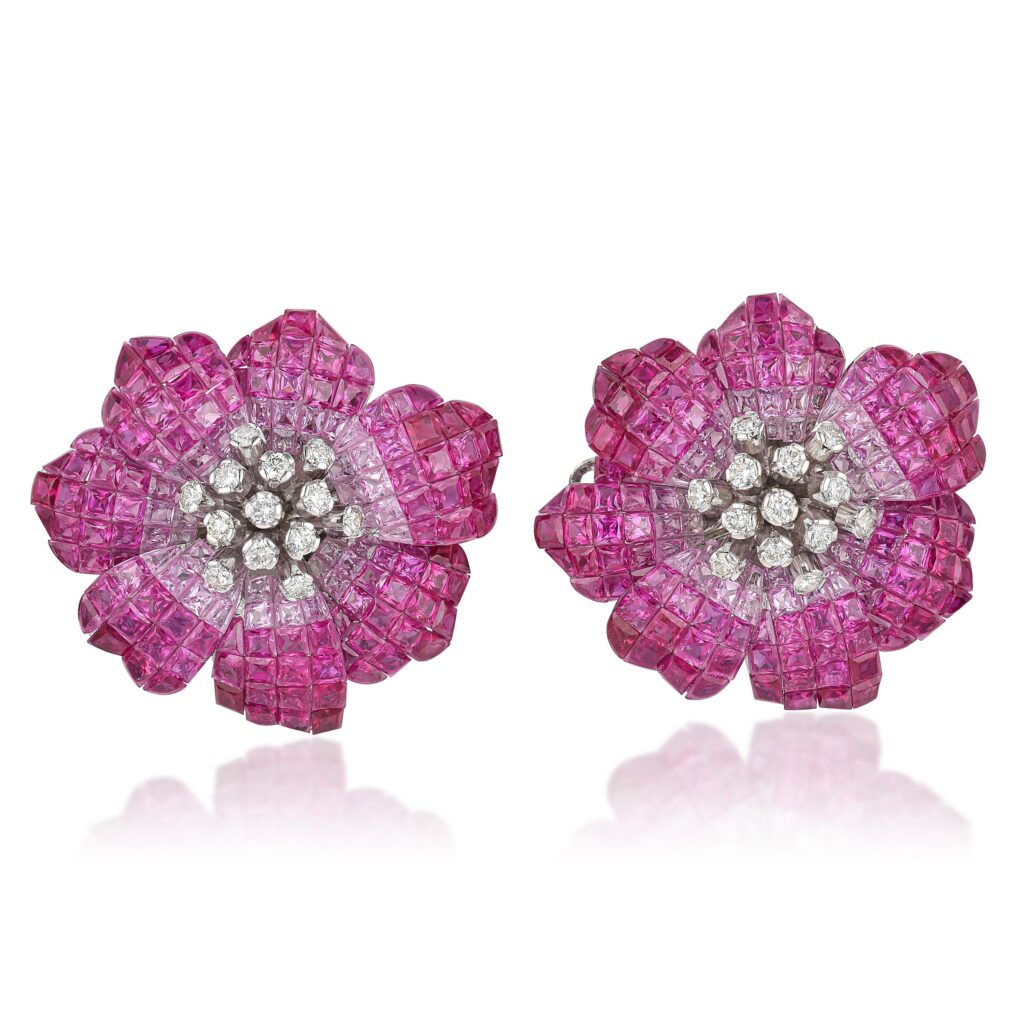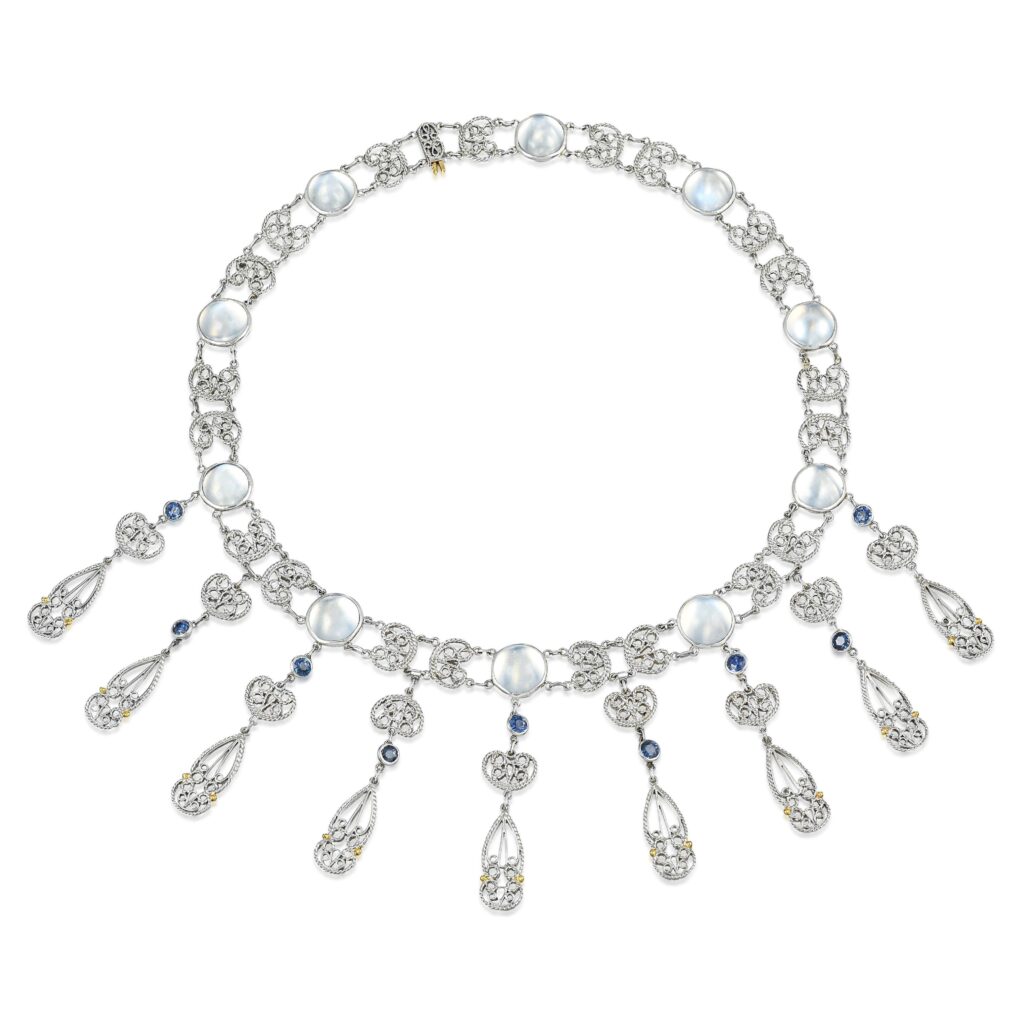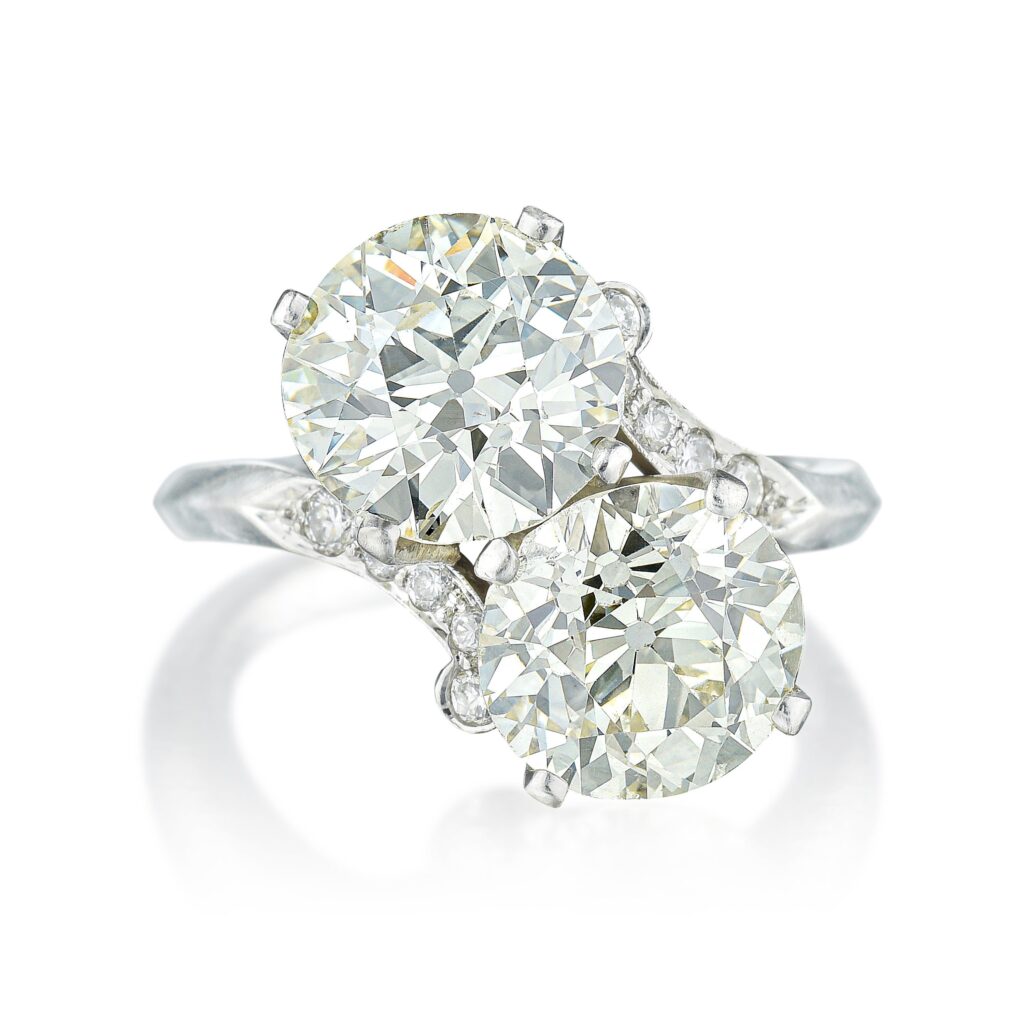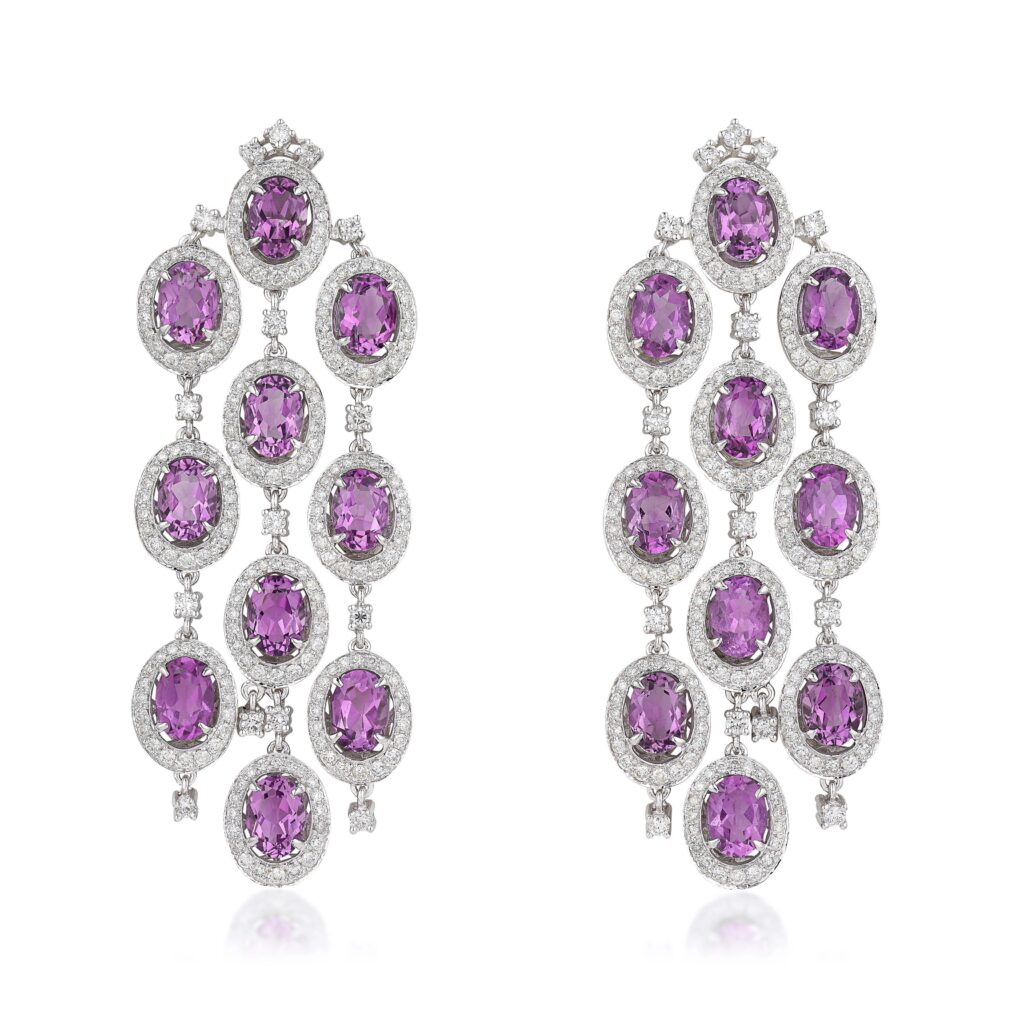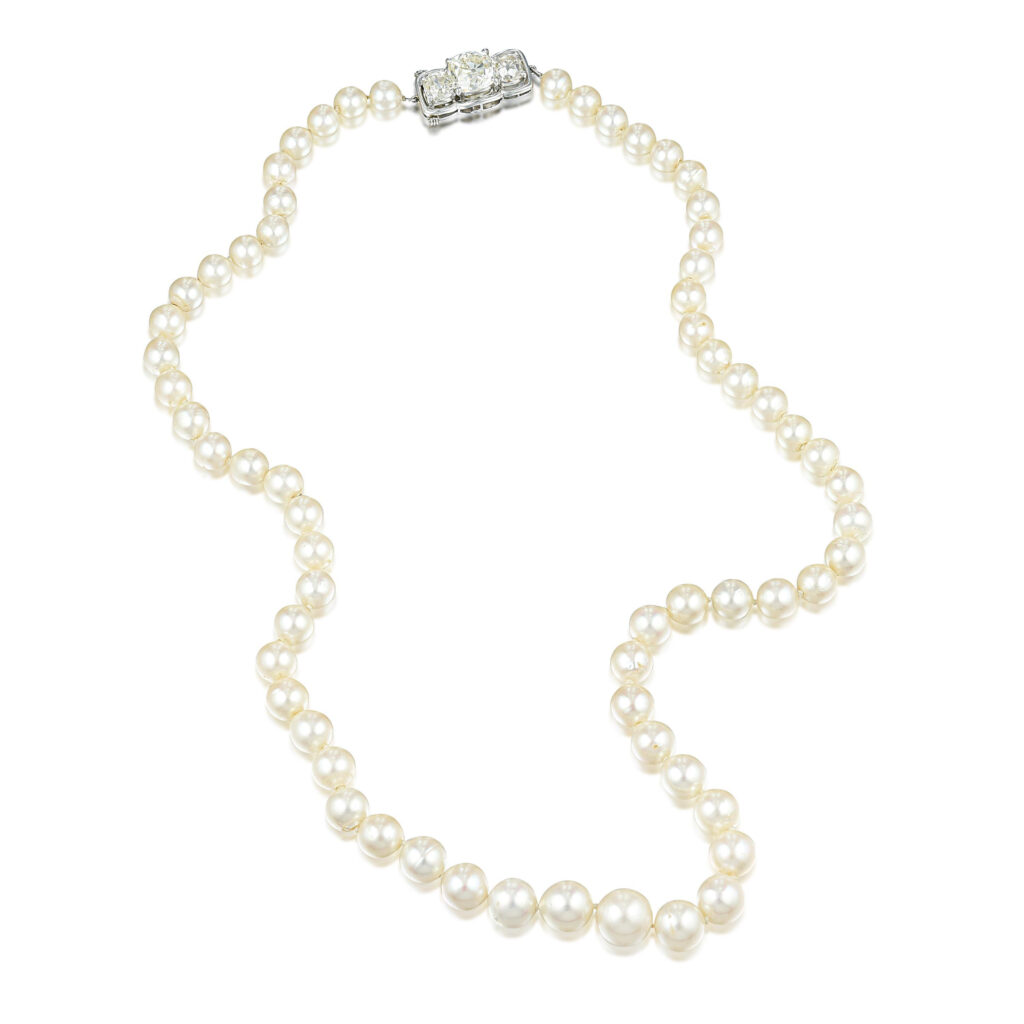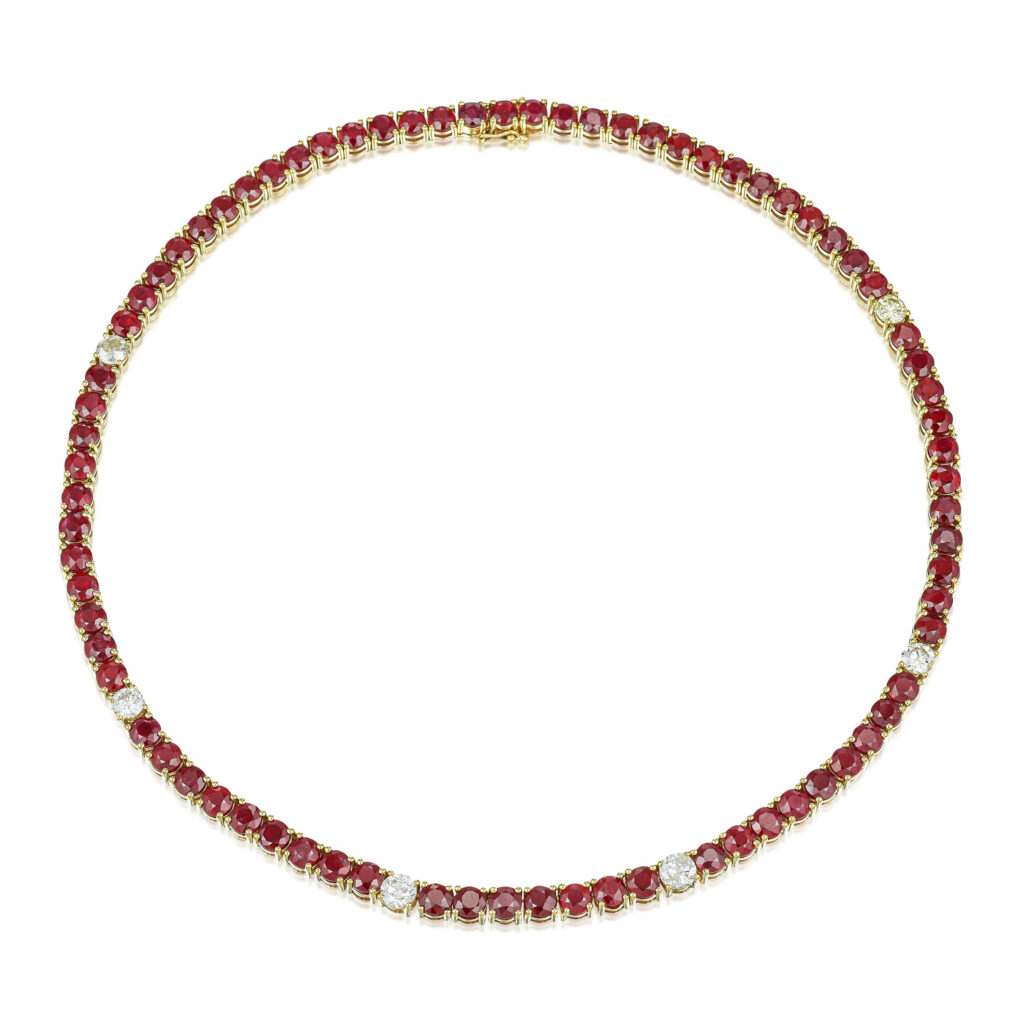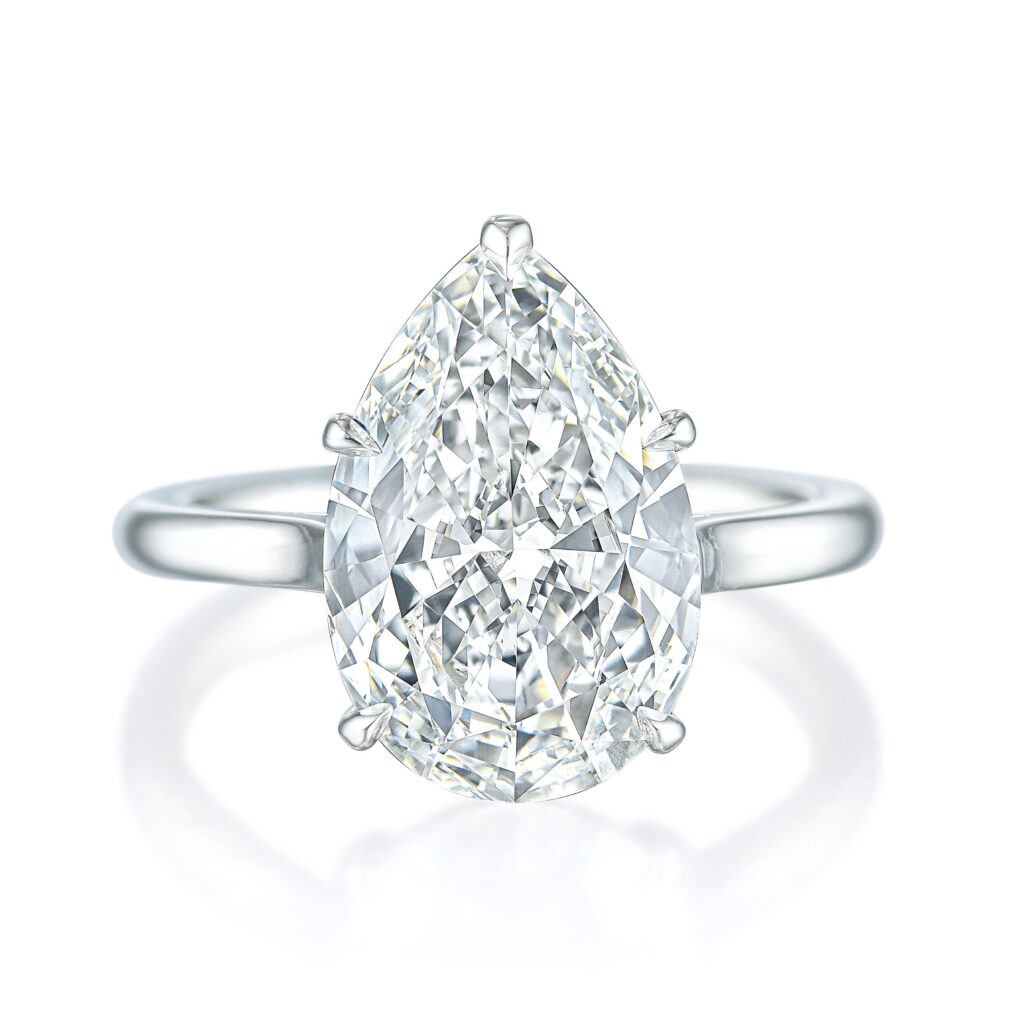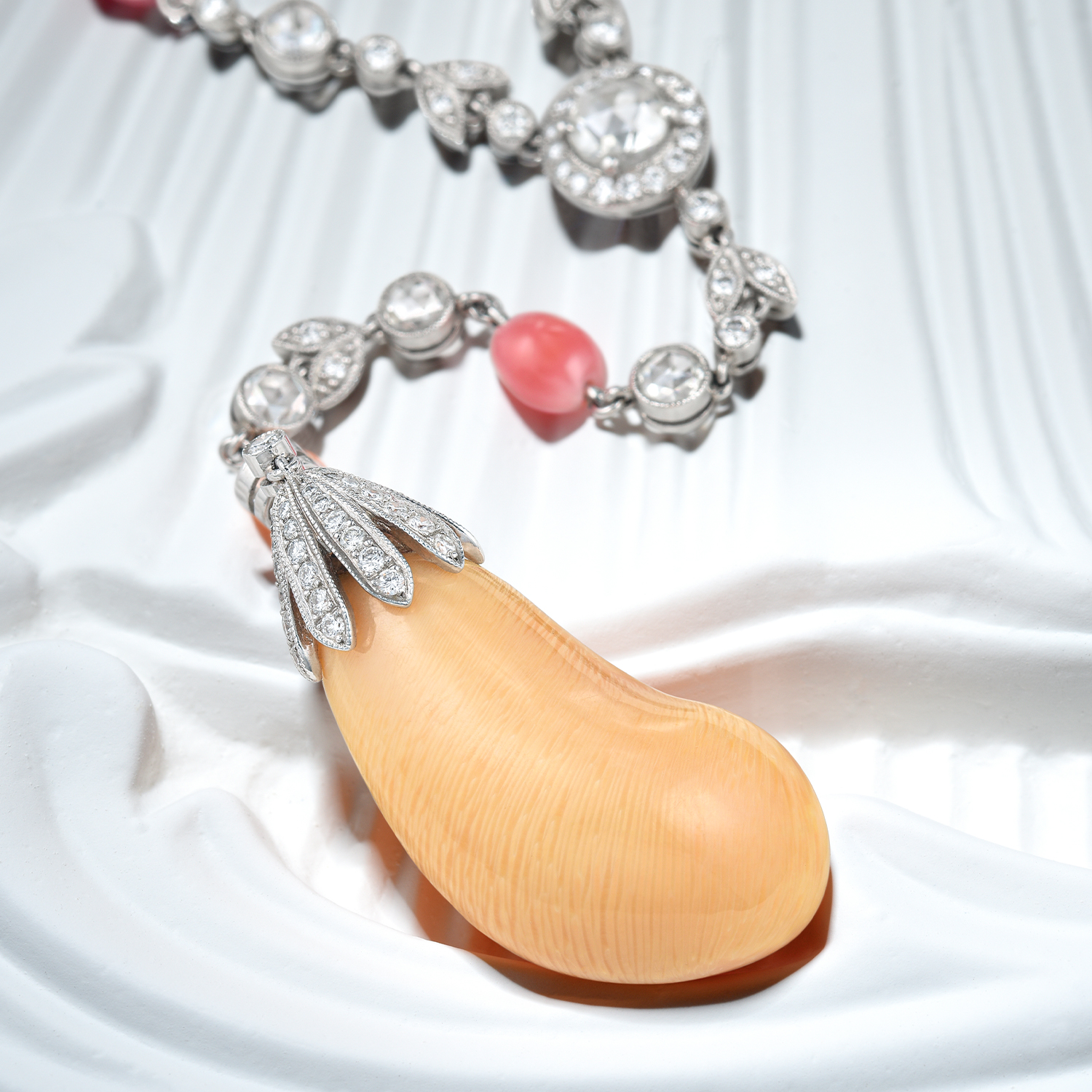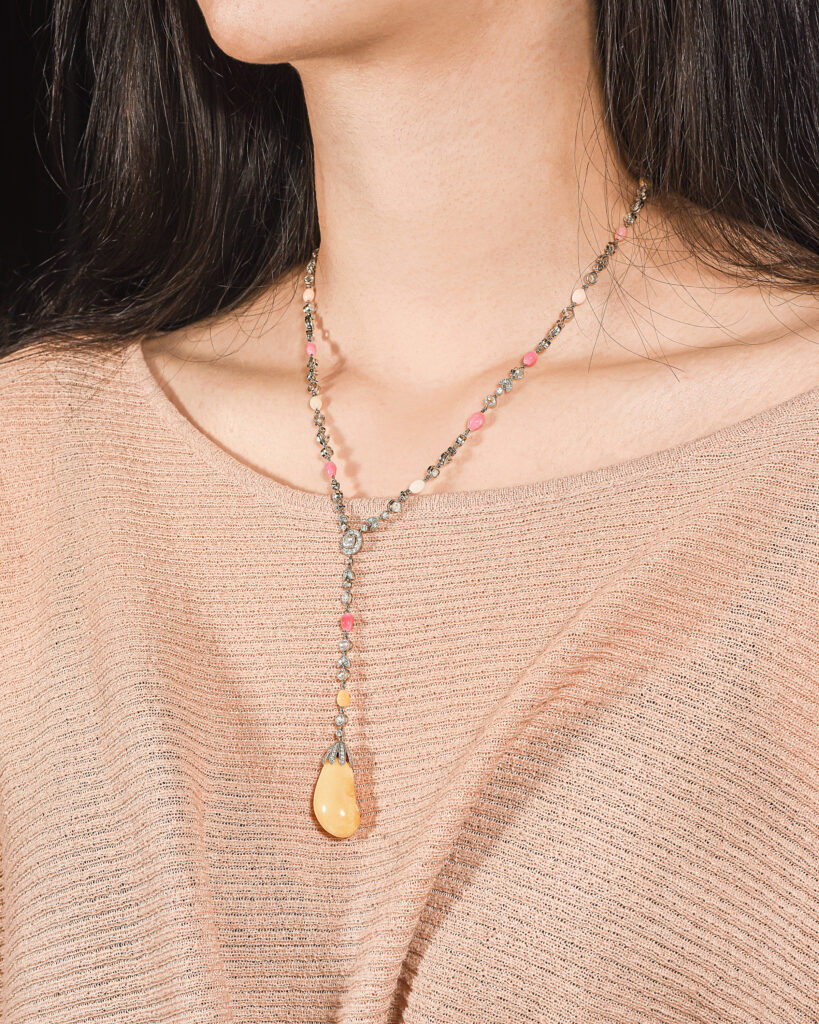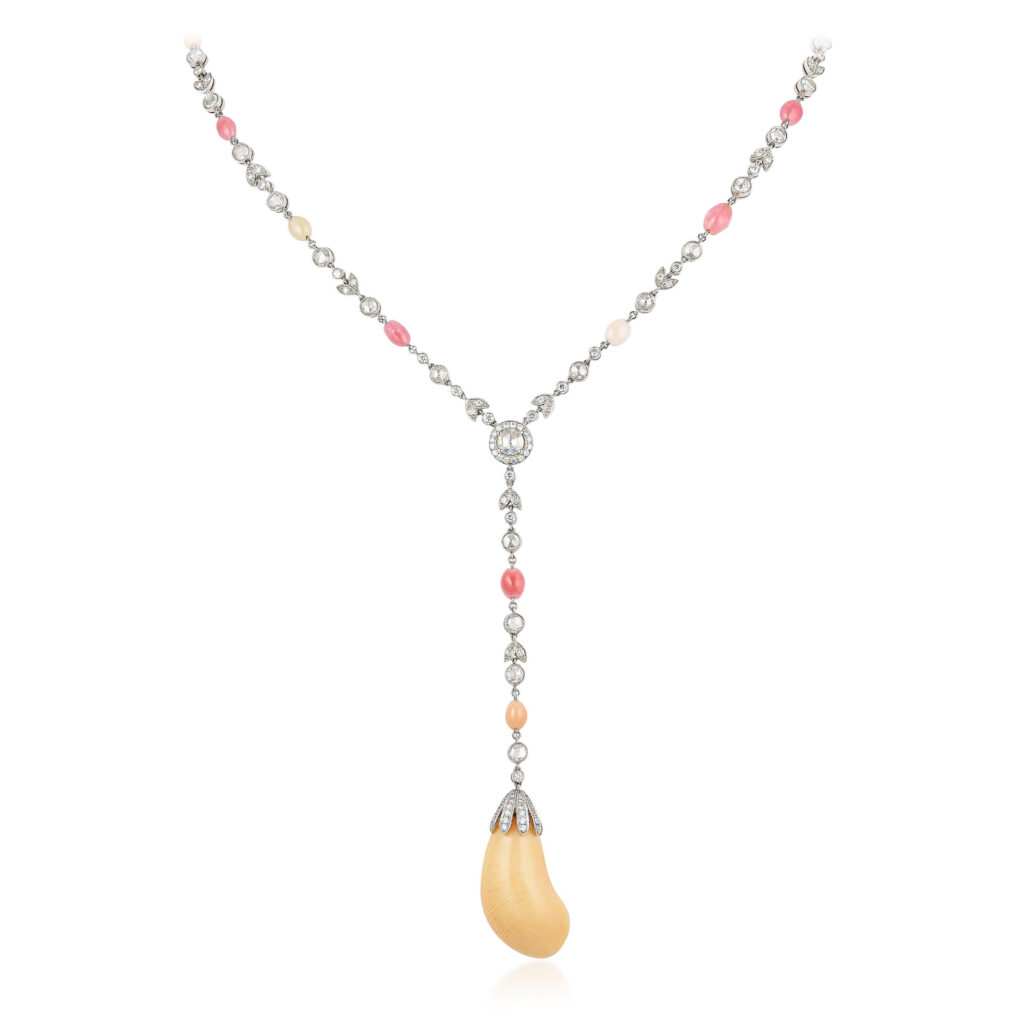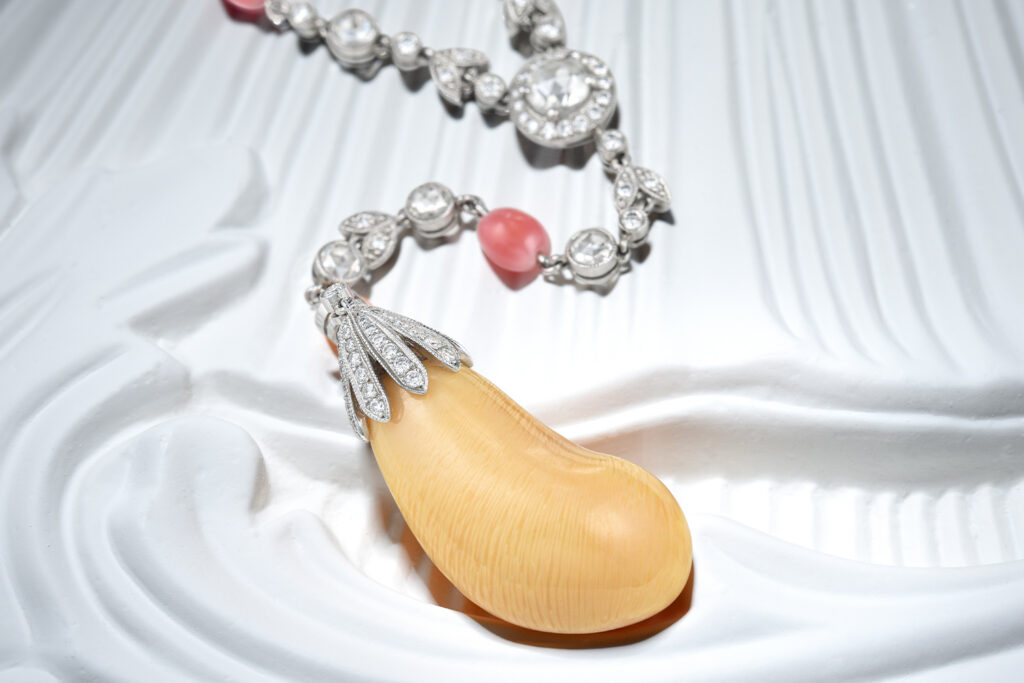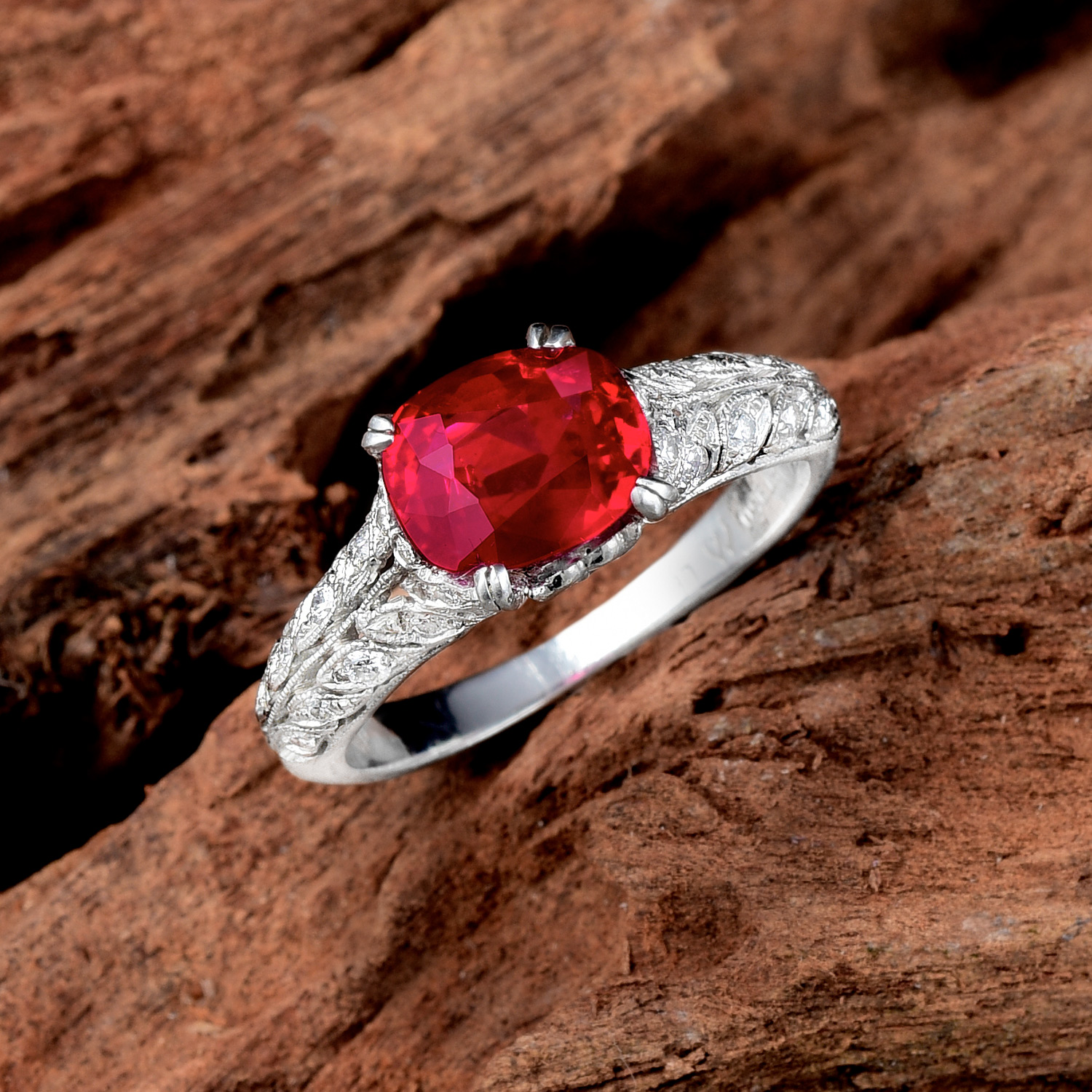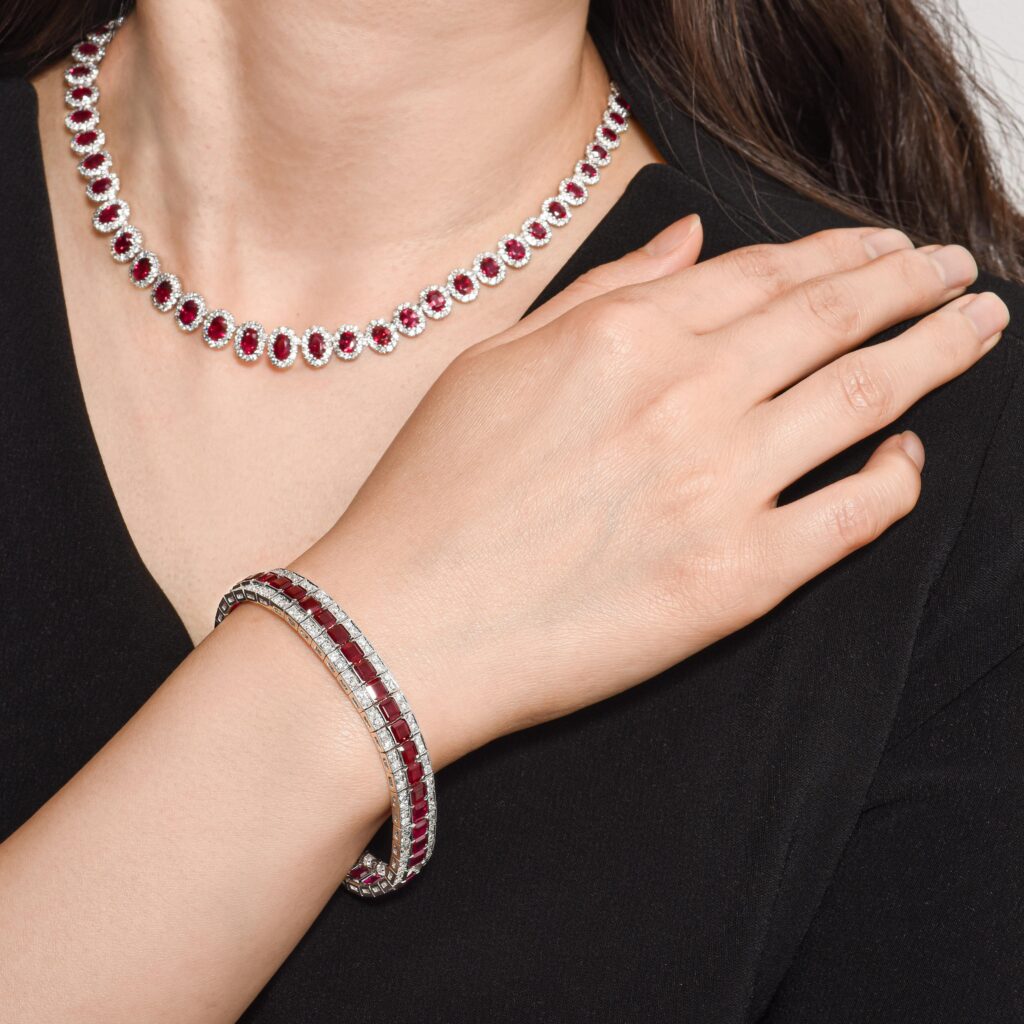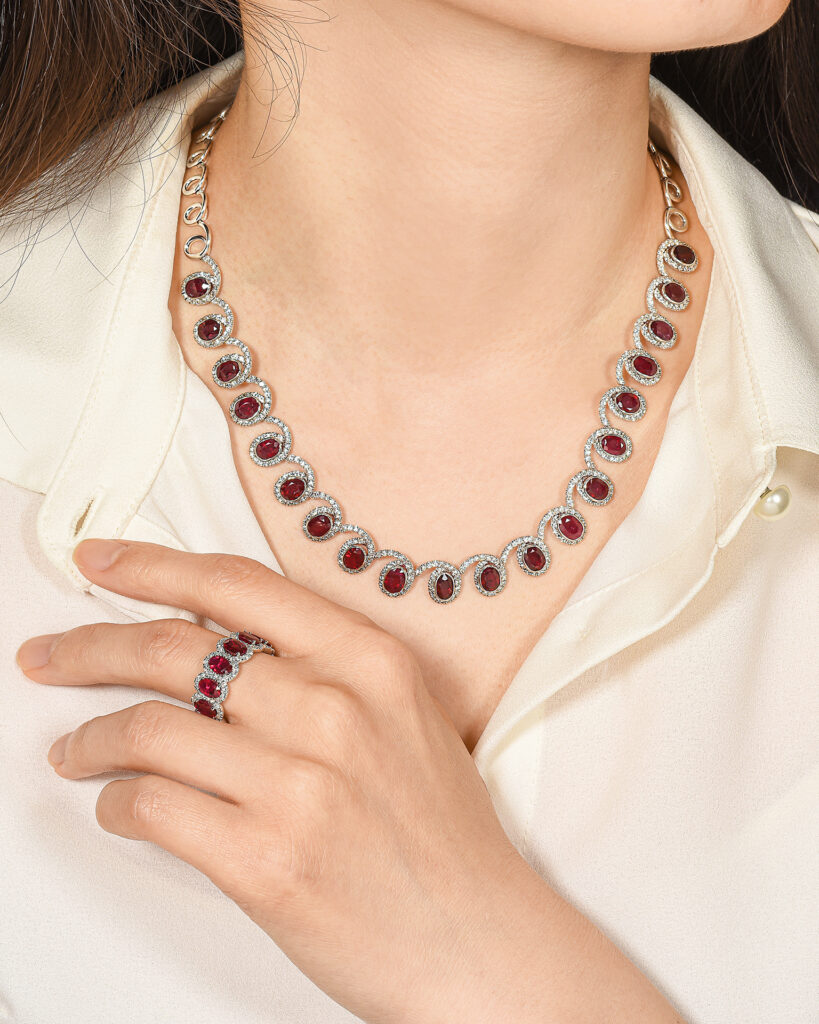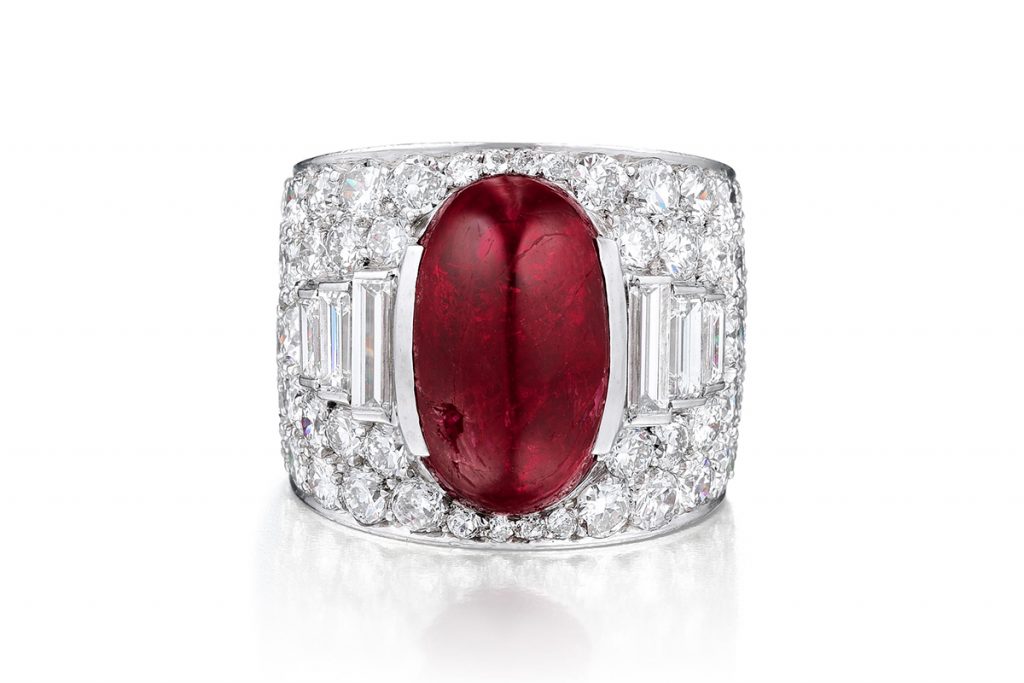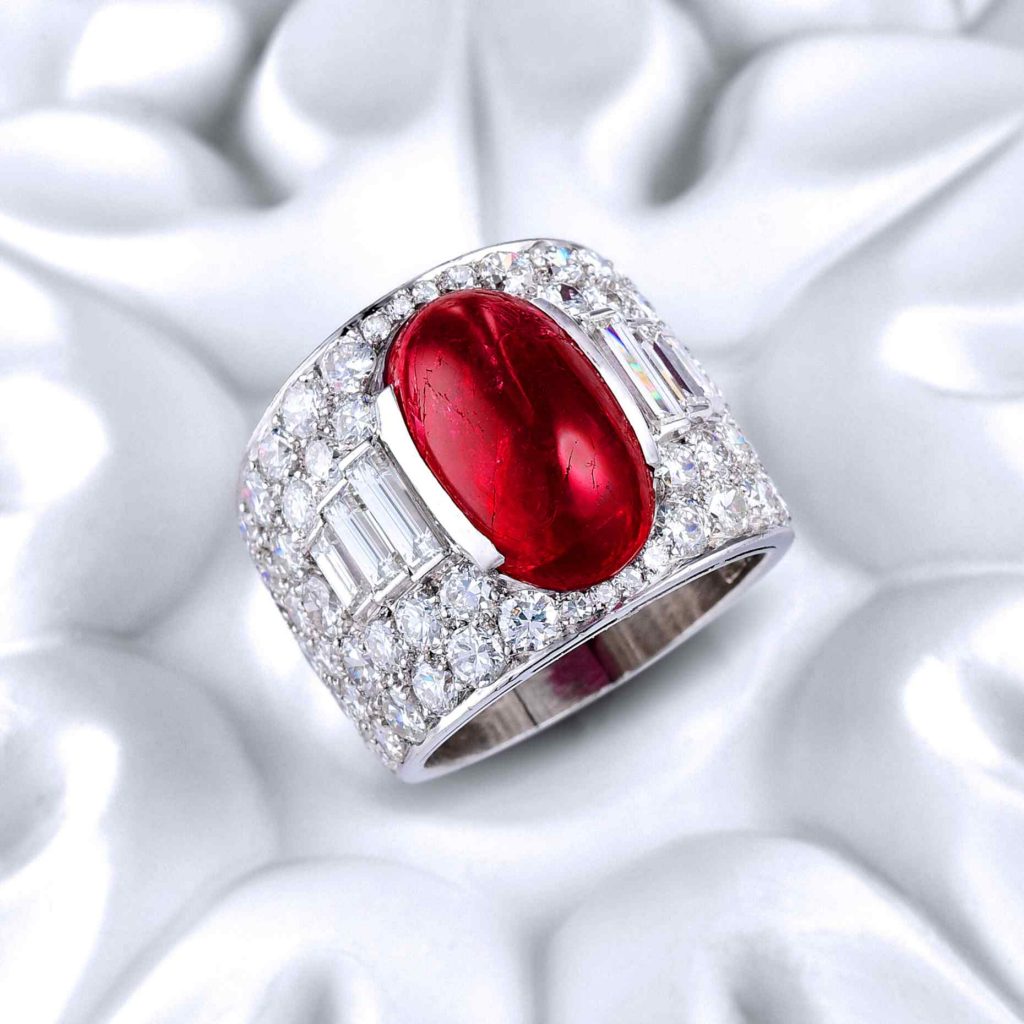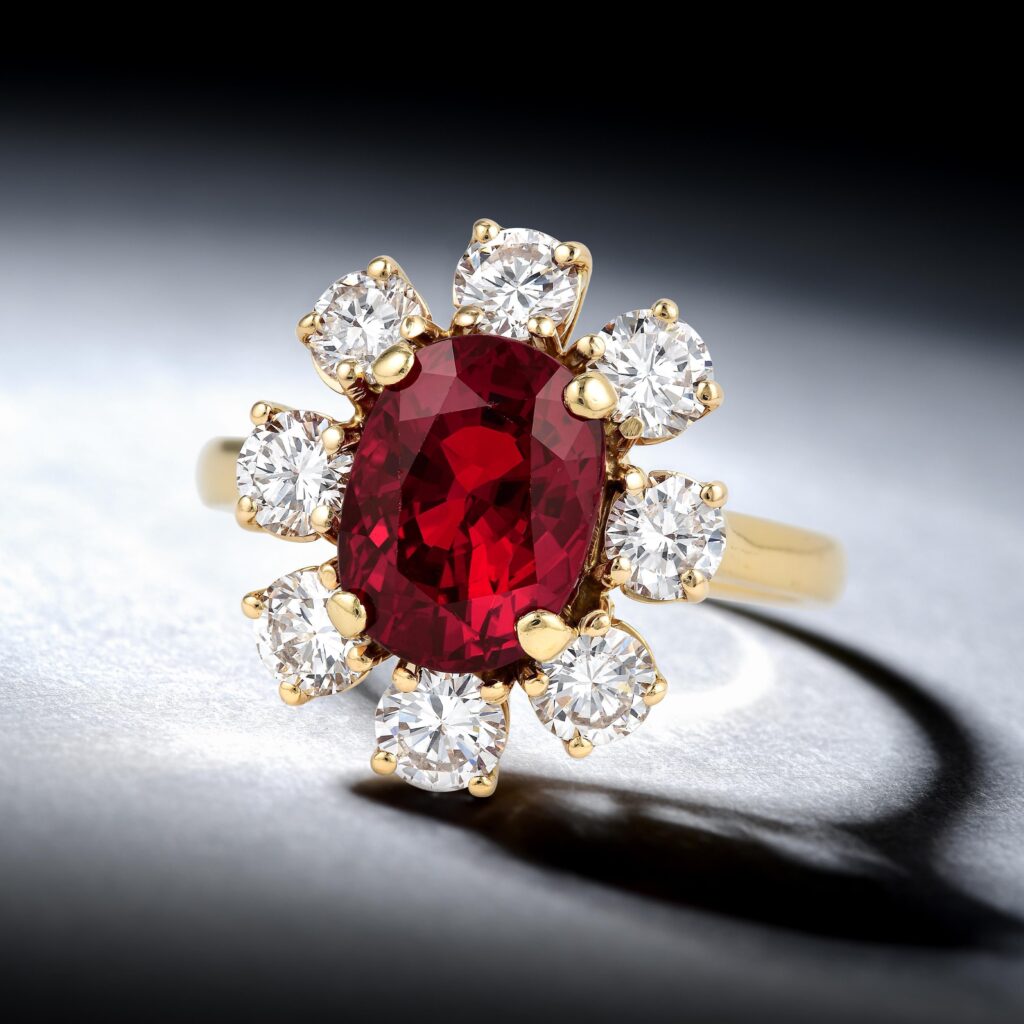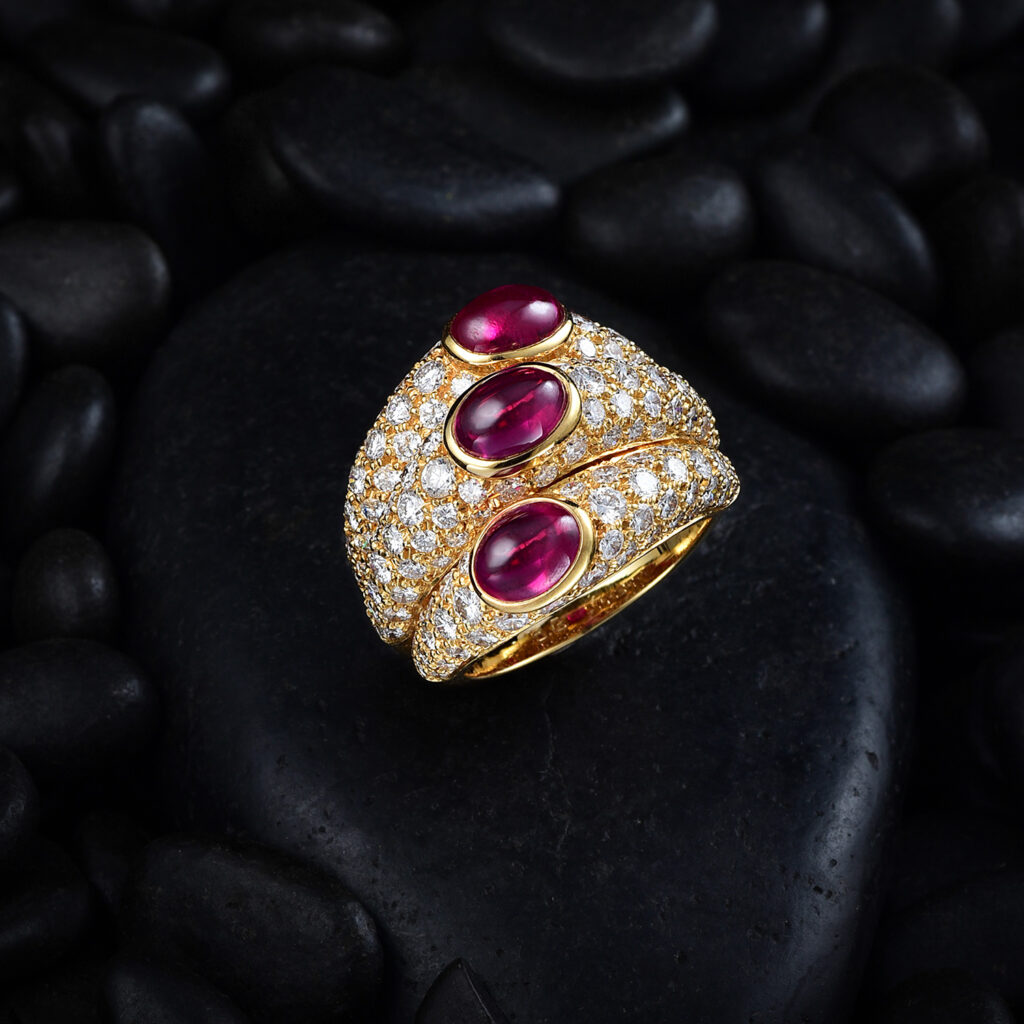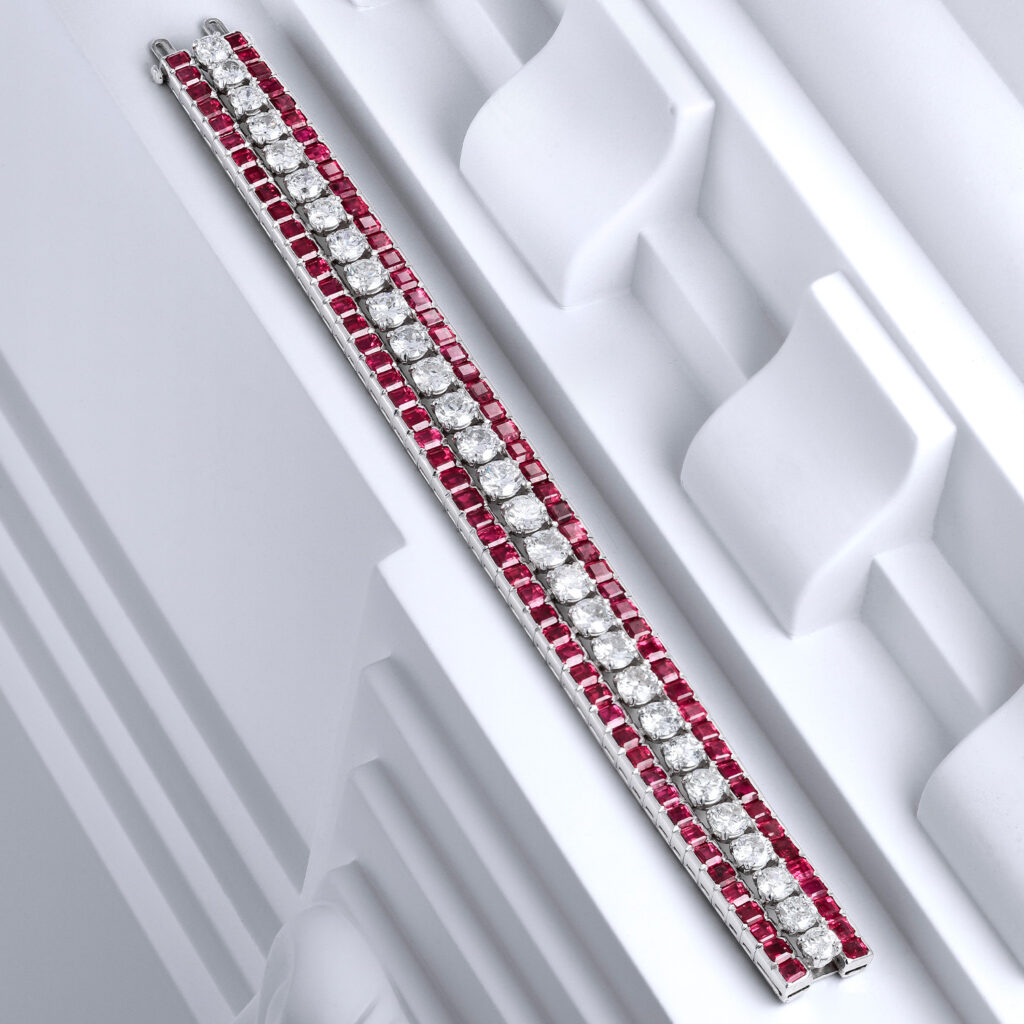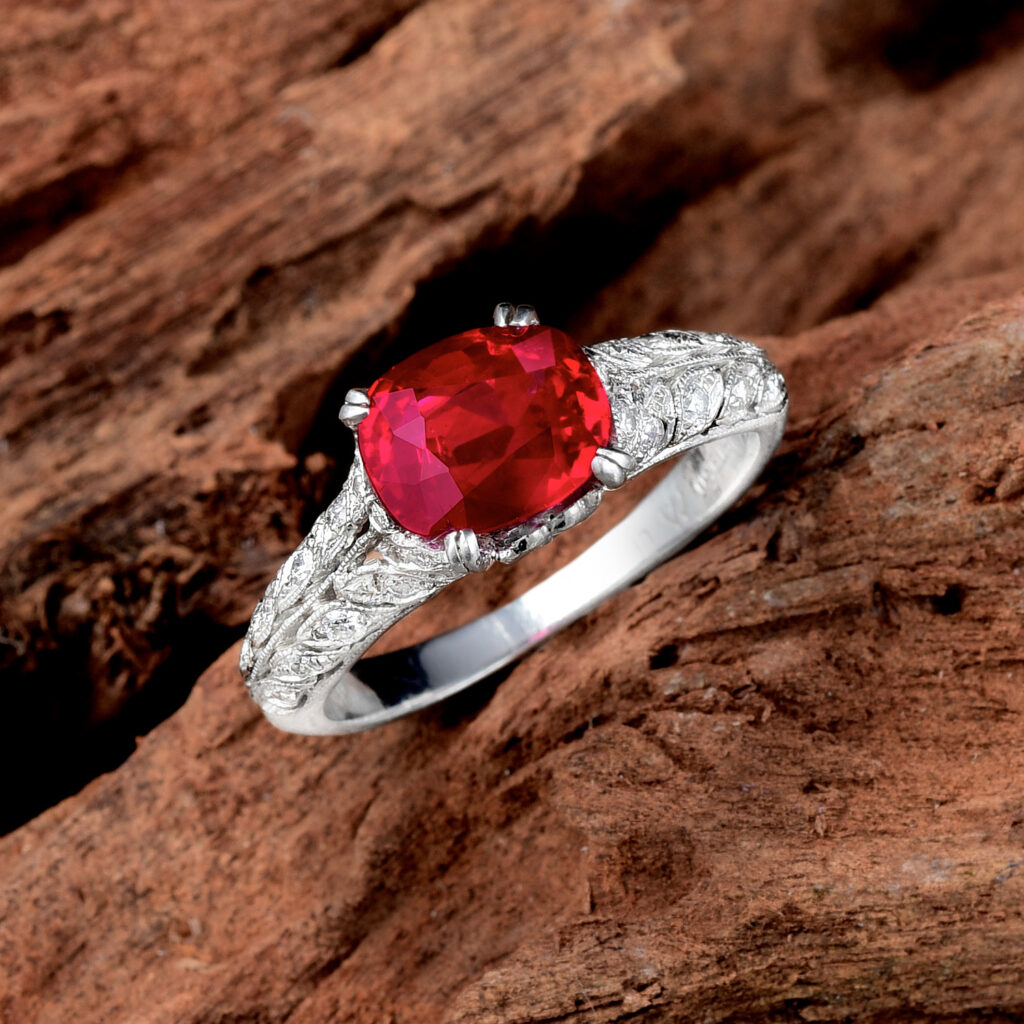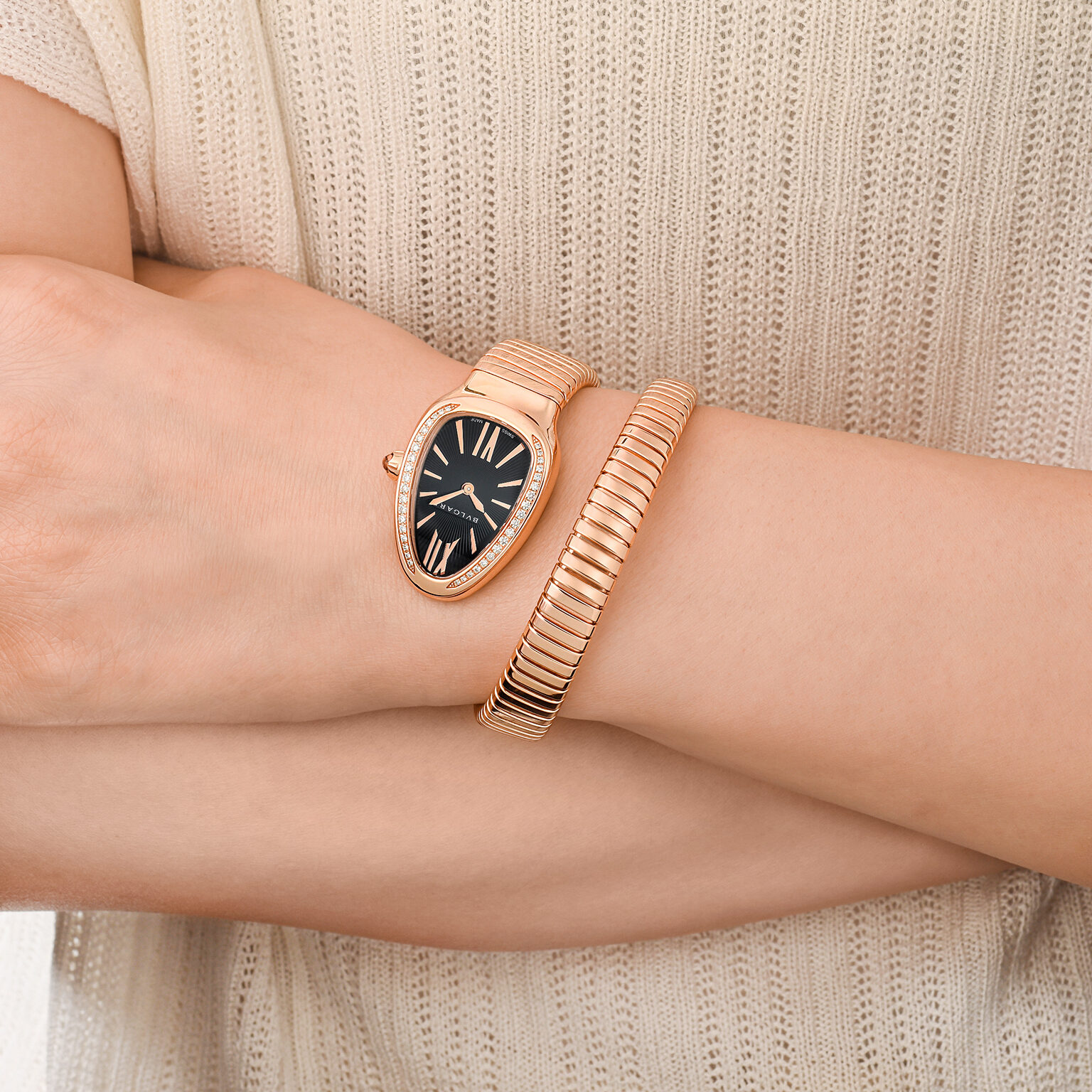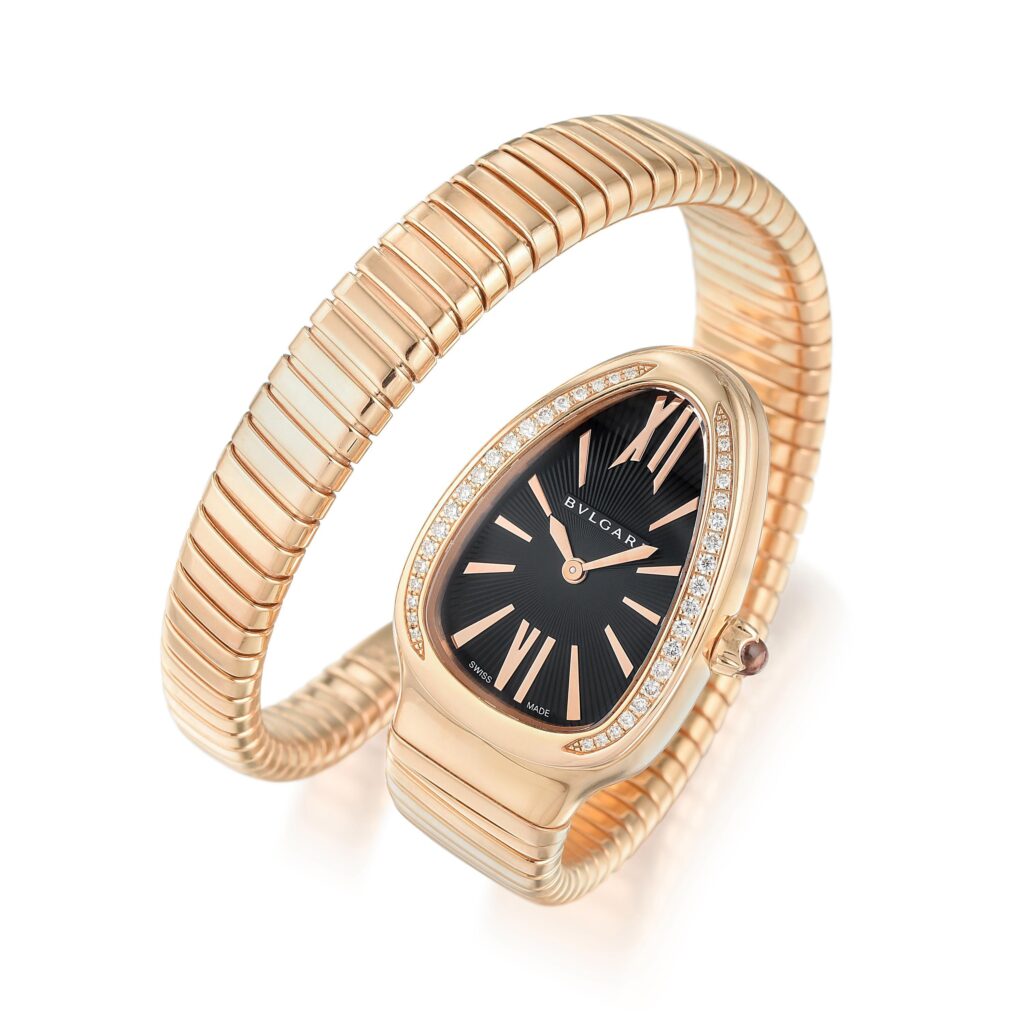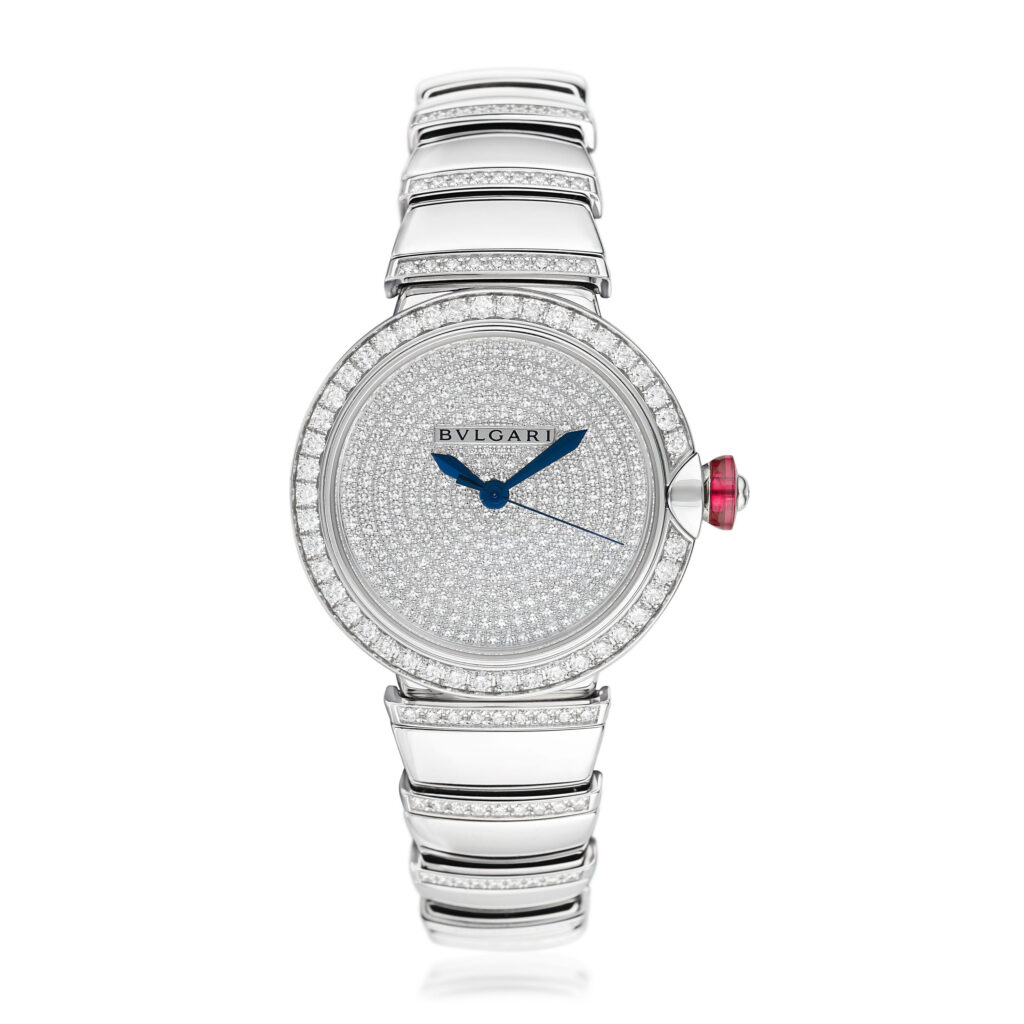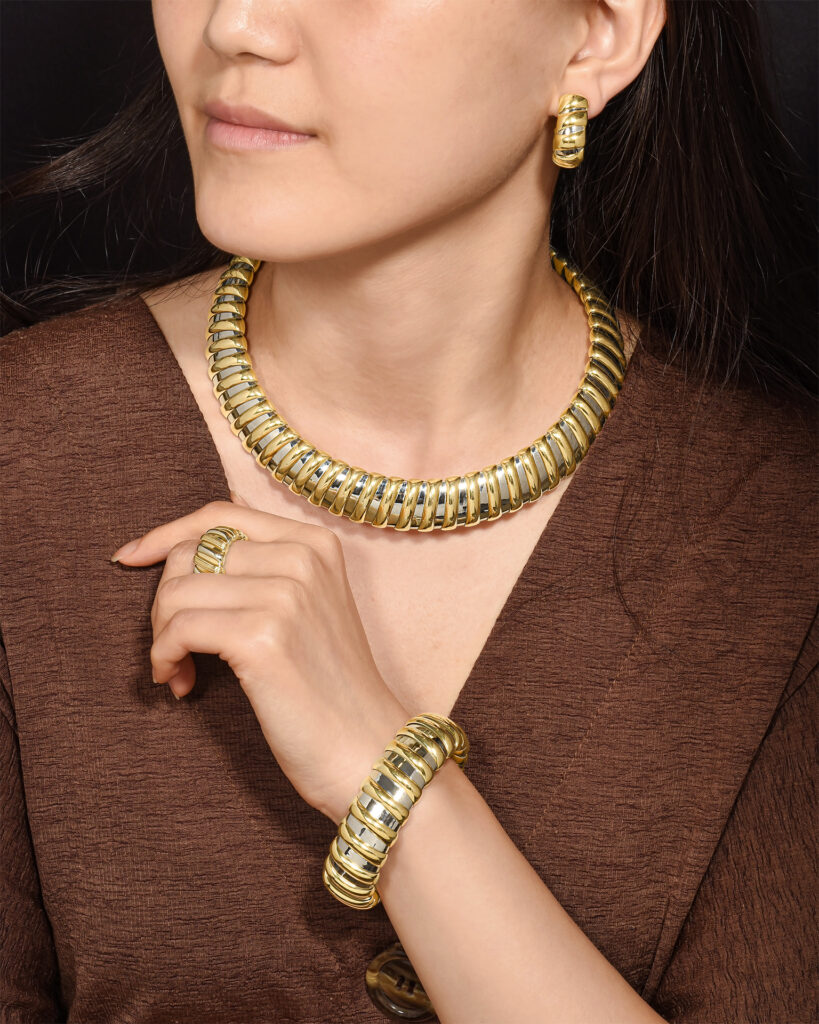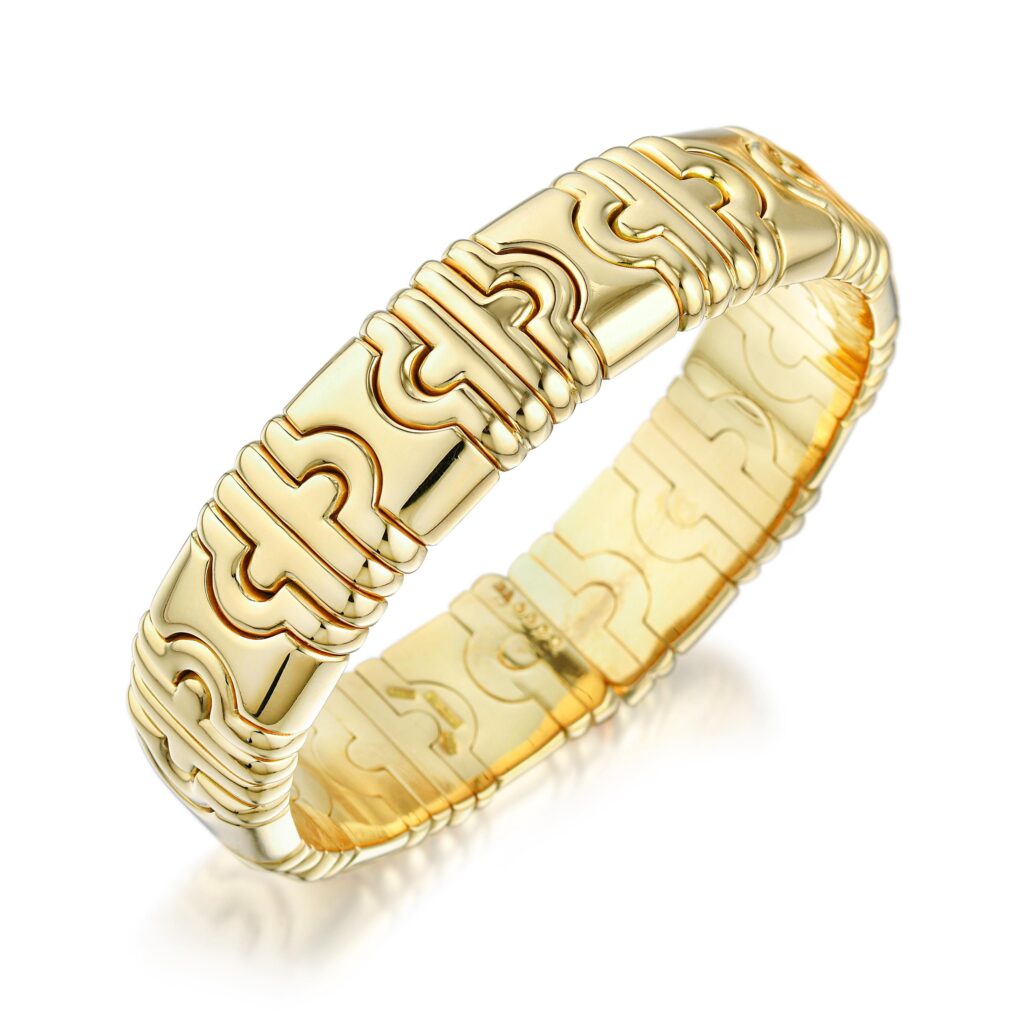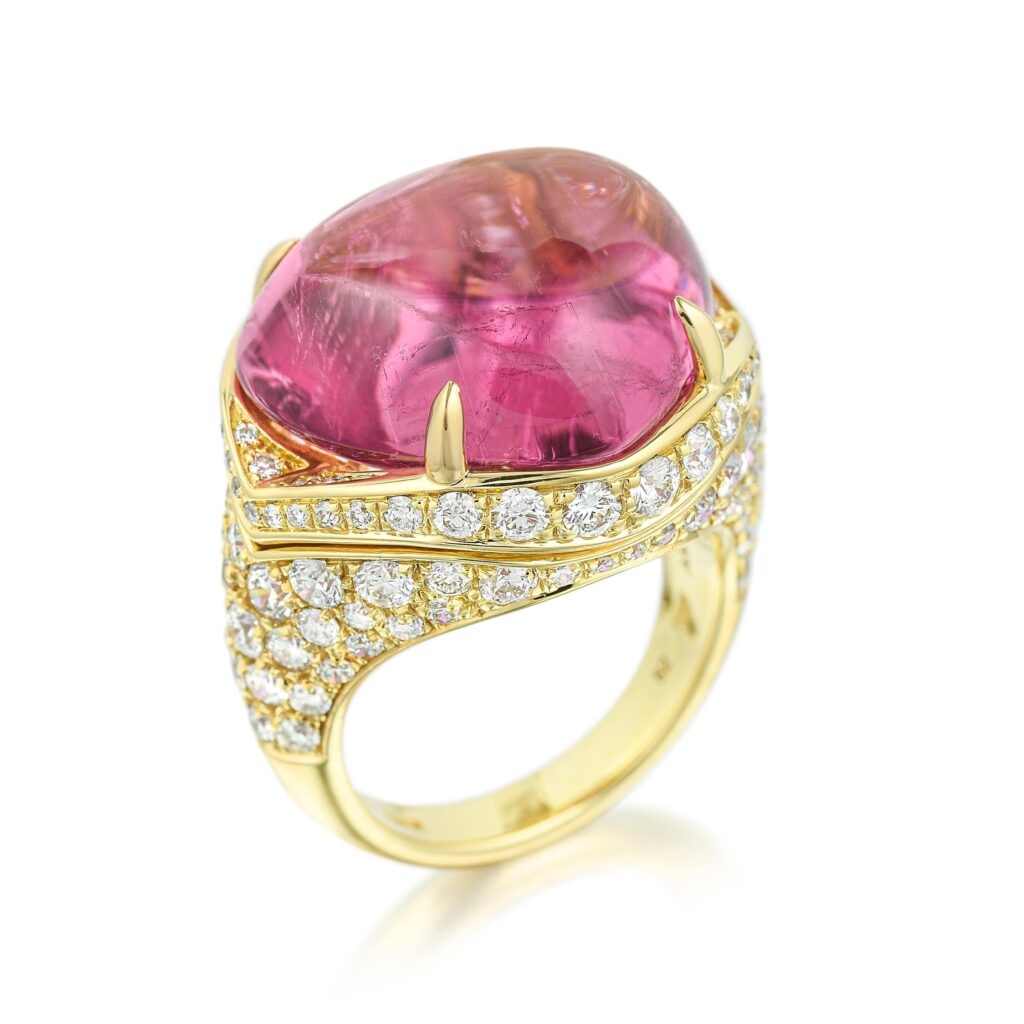Jewelry designs are often rich in symbolism, especially pieces featuring creatures great and small, mythical or real. Human relationships with animals have existed since the birth of mankind. This enduring relationship we have with the animal kingdom is responsible for the rich and complex tapestry of animal symbolism, inspiring some of the most iconic jewelry pieces that are forever linked with a jewelry house.
In this article, we have highlighted some of the most iconic animal designs from the celebrated jewelry houses and how they came to be.
“Women are tired of jewelry-looking jewelry, and they want one-of-a-kind pieces… Animals are here to stay.”
David Webb
David Webb
David Webb is one of America’s most important and distinguished jewelers. He is best known for his distinctively carved, enameled animal bracelets, his use of rich, burnished, textured gold and exquisite rock crystal pieces. The use of animals has been a David Webb signature, admired by collectors who recognize his creative genius. His statement pieces bring animals like the zebra, chimera, leopard, tiger and other fantastic creatures to life. His bold designs have been made even more iconic by powerful women like Elizabeth Taylor, Jacqueline Kennedy Onassis and Beyoncé—who represent a small group of Webb’s influential clientele. This David Webb Diamond and Enamel Tiger Bracelet from our April Jewels & Watches auction is a prime example of Webb’s fierce creativity.
Tiffany & Co. Schlumberger
Throughout the history of Tiffany & Co., the brand has worked with visionary jewelry designers, including Elsa Peretti, Paloma Picasso, Frank Gehry and, of course, Jean Schlumberger, who is renowned for his layered enamel technique. Jean Schlumberger was deeply inspired by nature and movement, which is apparent in this Tiffany & Co. Schlumberger Vintage Multi-Gemstone Fish Brooch from our upcoming sale. The vibrant fish is caught mid-swim and its gem-covered scales glimmer quickly to bring life to the piece. The jeweler traveled far and wide seeking inspiration from places like Bali, India, and Thailand. The “Bird on a Rock” is one of the famed French designer’s most iconic pieces, originally designed in 1956 with the Tiffany Yellow Diamond in mind, one of the largest yellow diamonds to have ever been discovered. Since then, the design has been reissued by Tiffany & Co.—still with only large stones as the bird’s perch. many of which have been sold by FORTUNA® throughout the years. When Tiffany hired Schlumberger, it was made clear he was to maintain his unique style in his creations for the jeweler. That much is evident in this Tiffany & Co. Schlumberger Diamond Multi-Gemstone and Enamel Cow Brooch, perhaps inspired by his travels to India where the animal is held to be sacred. The bold brooch is currently available for a starting bid of $4,500 in our April Jewels & Watches sale.
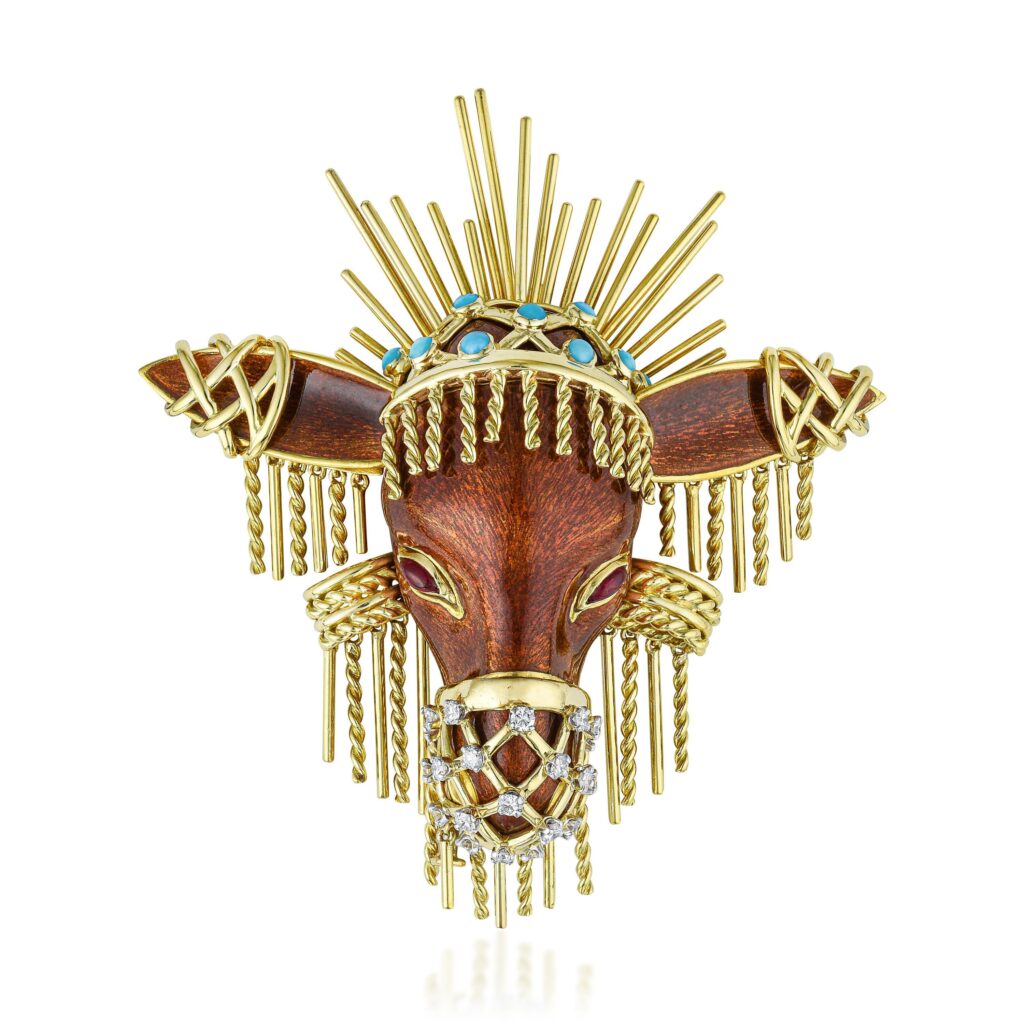
Cartier
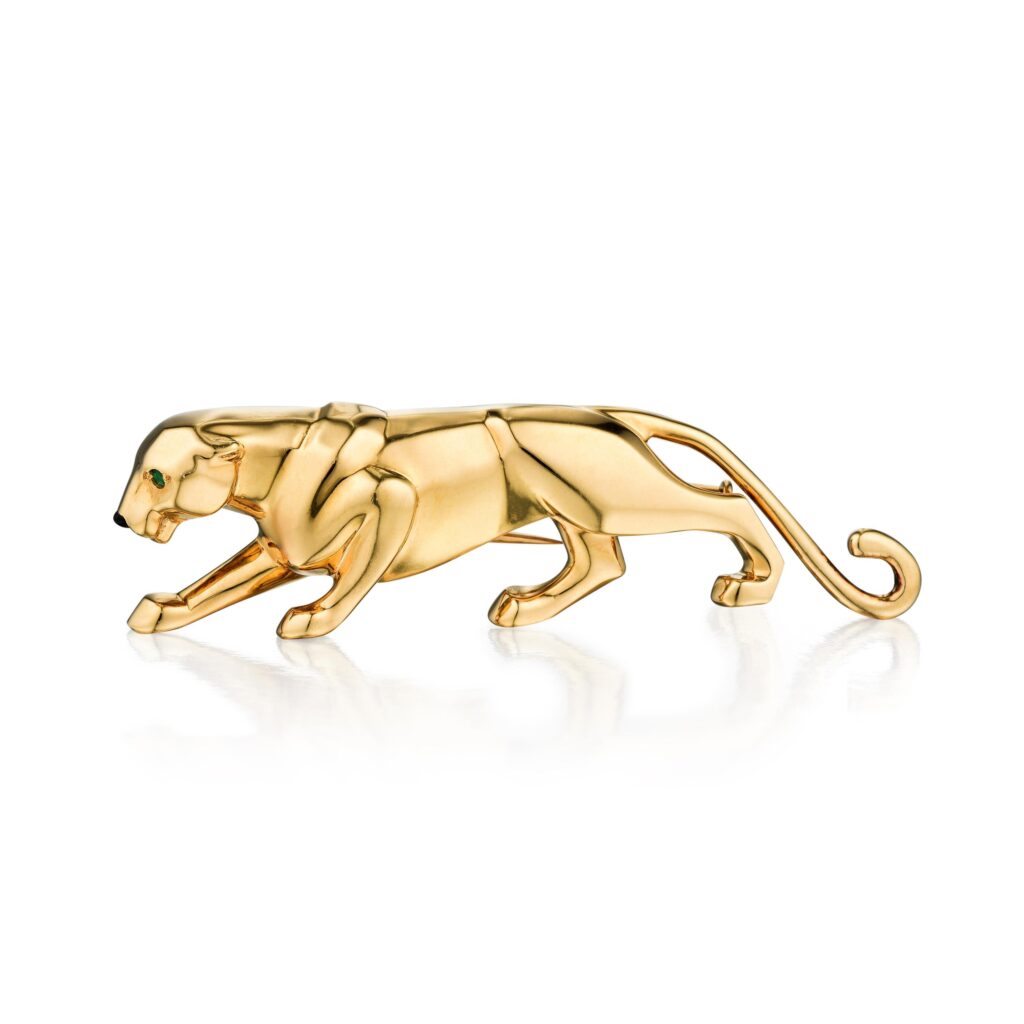
When discussing animal designs, the world-renowned brand, Cartier has become synonymous with the Panthère. When Jeanne Toussaint, a Parisian style icon, became acquainted with French jeweler Louis Cartier, new inspiration for Cartier’s famous jewelry line was born. As a result of Toussaint’s elegance and remarkable determination—as well as her finely decorated apartment adorned with leopard skin—she earned the nickname “La Panthère” from her then-lover, Louis Cartier. Toussaint soon became the creative inspiration for many of Cartier’s most popular Panthère motifs.
Yet, Cartier’s artful appreciation of the animal kingdom is by no means limited to the Panthère. This Cartier Nautilus Shell Coral and Emerald Brooch/Pendant from our upcoming April Jewels & Watches sale encapsulates many of the same traditions of excellence as seen in the famous Panthère. The bold accessory is carved in 18K gold and is set with a beautifully carved nautilus shell shaped coral. Cartier has exhibited spectacular ingenuity in their use of red coral, from this striking nautilus conch piece to charming lady bug designs.

